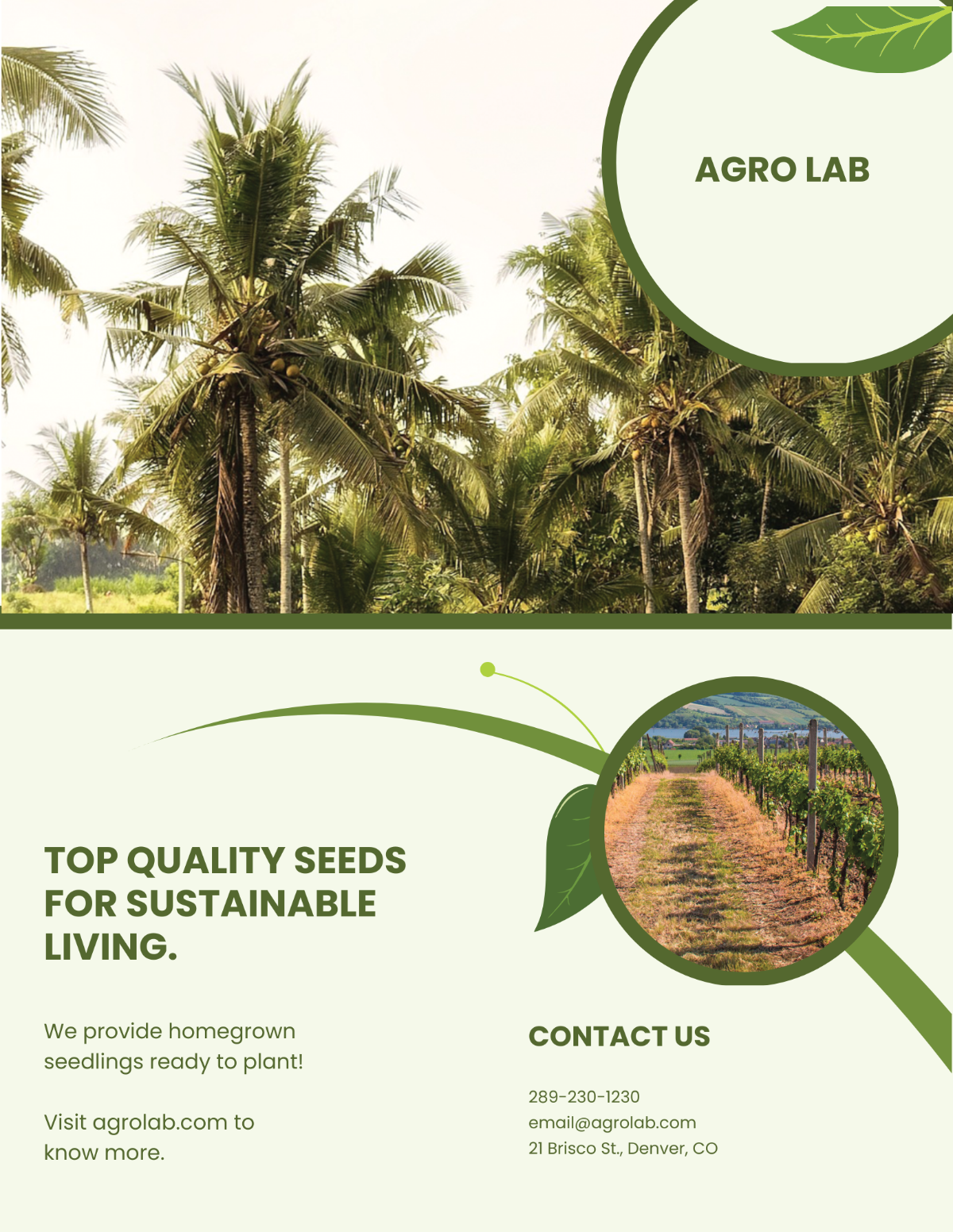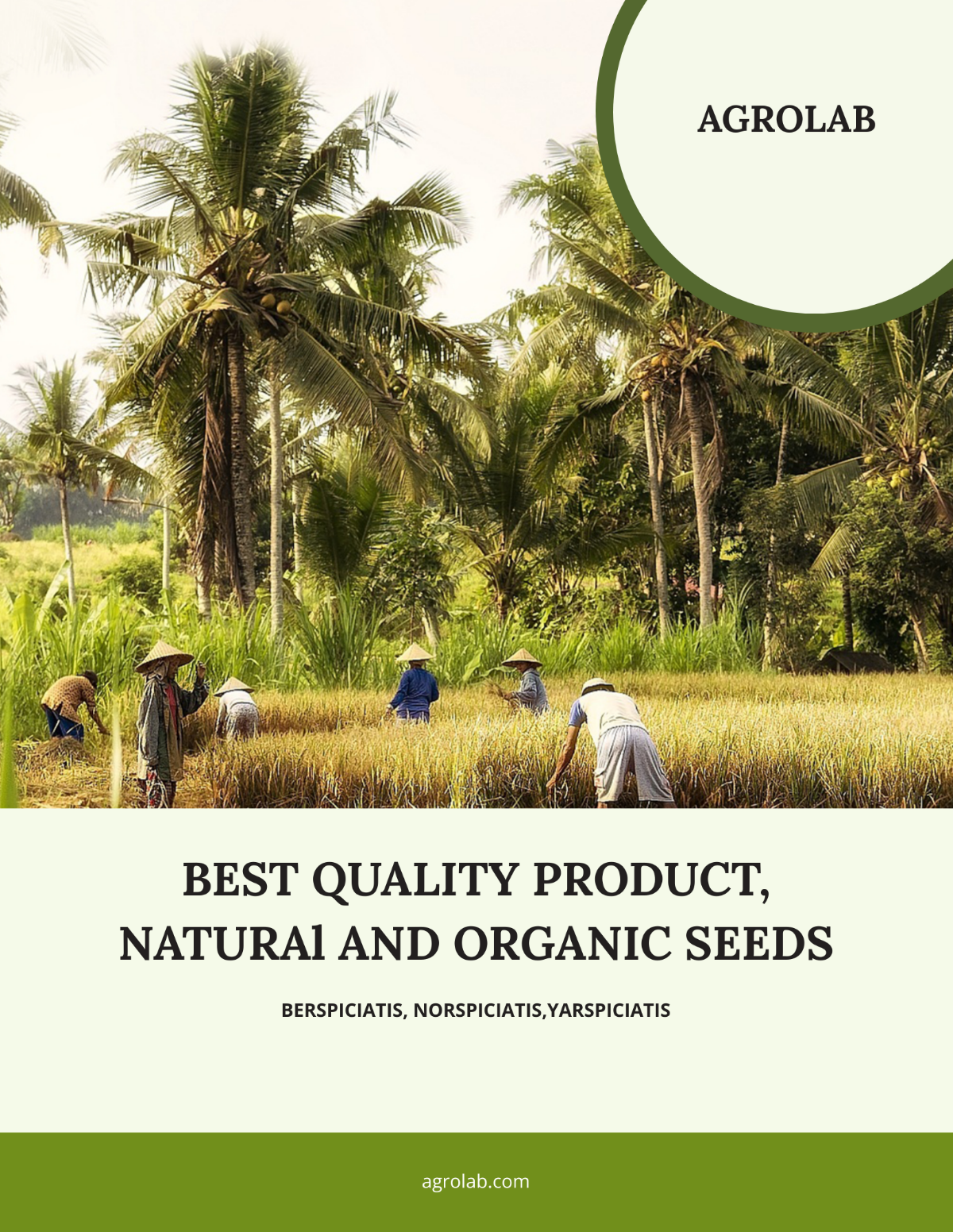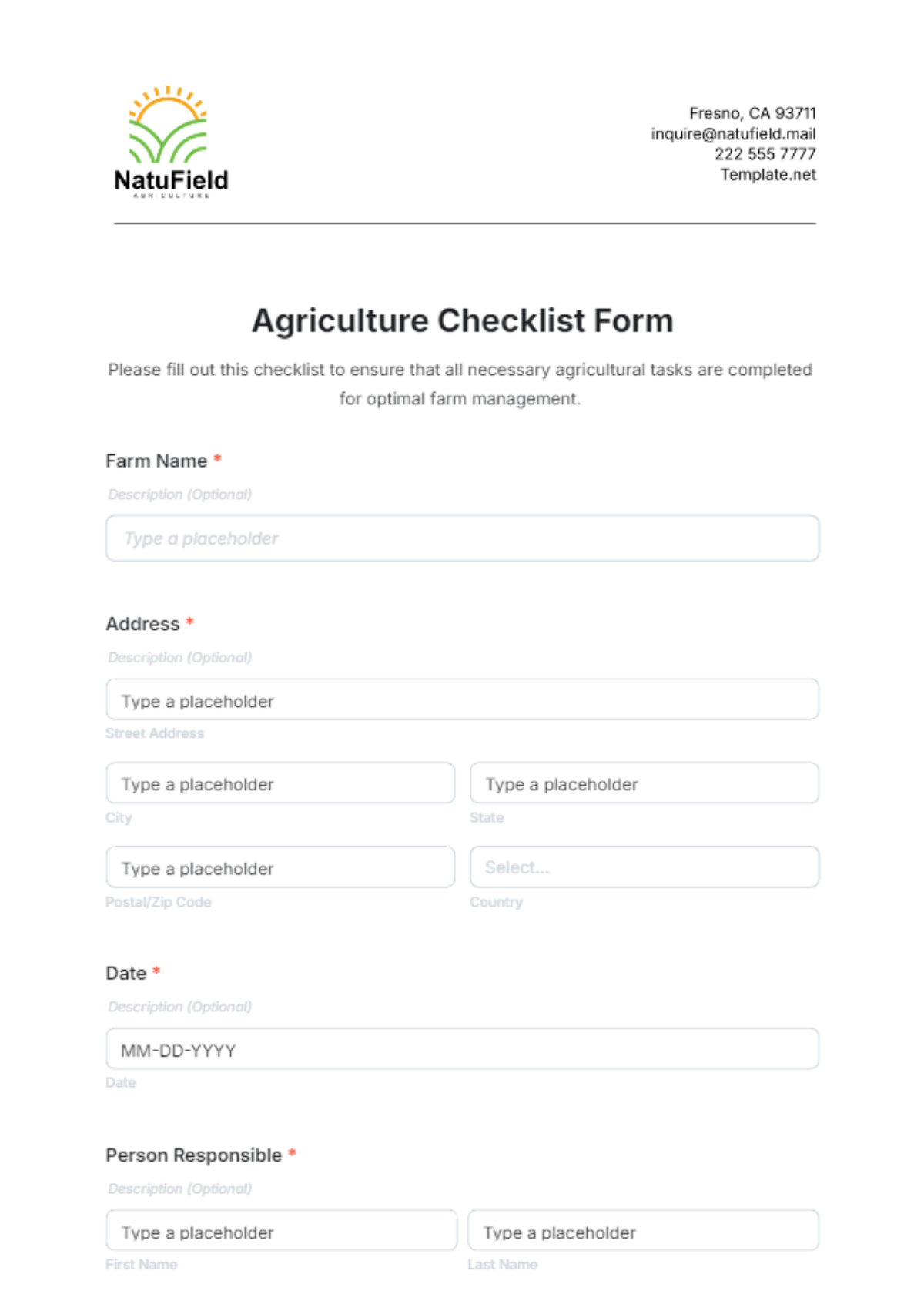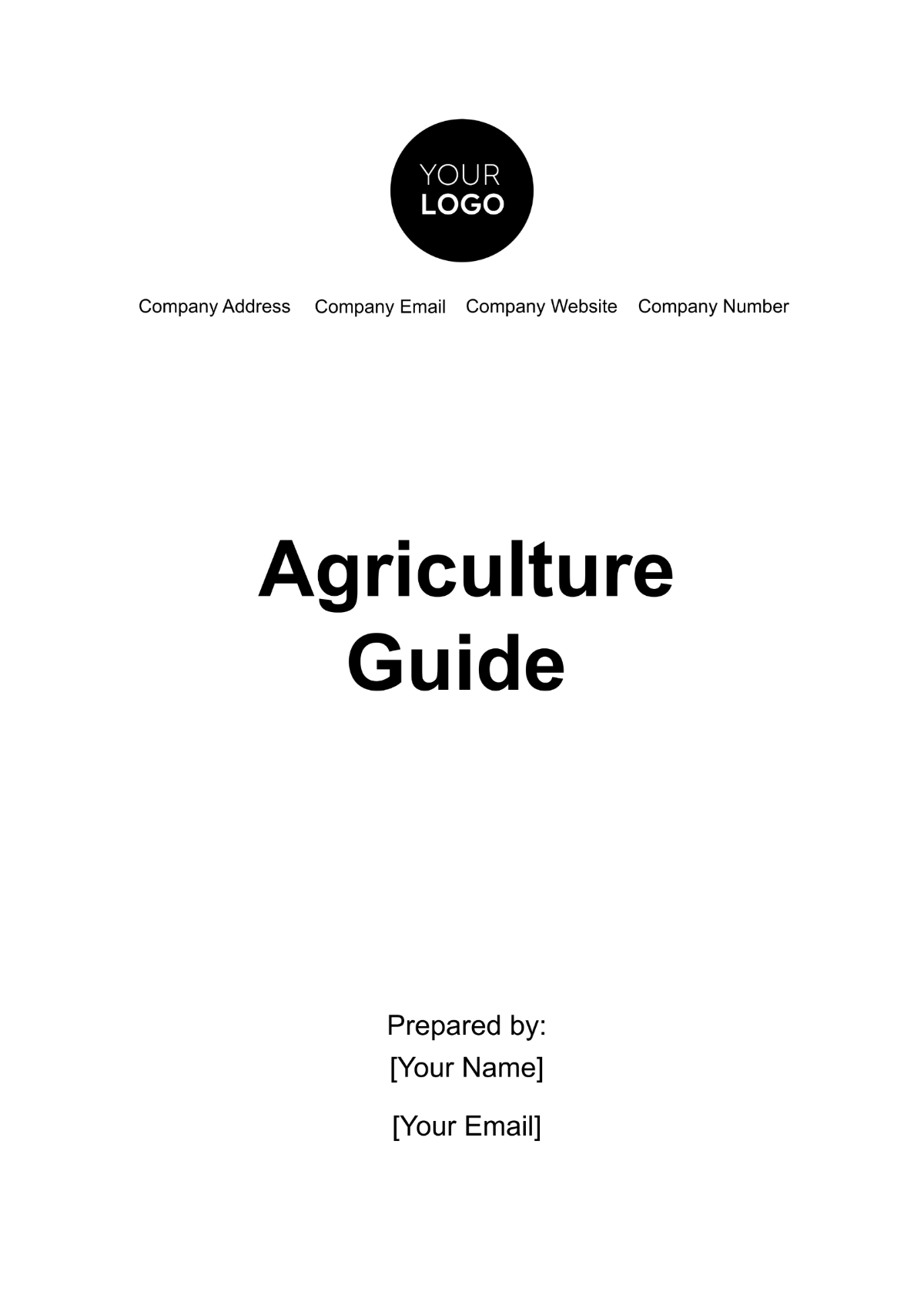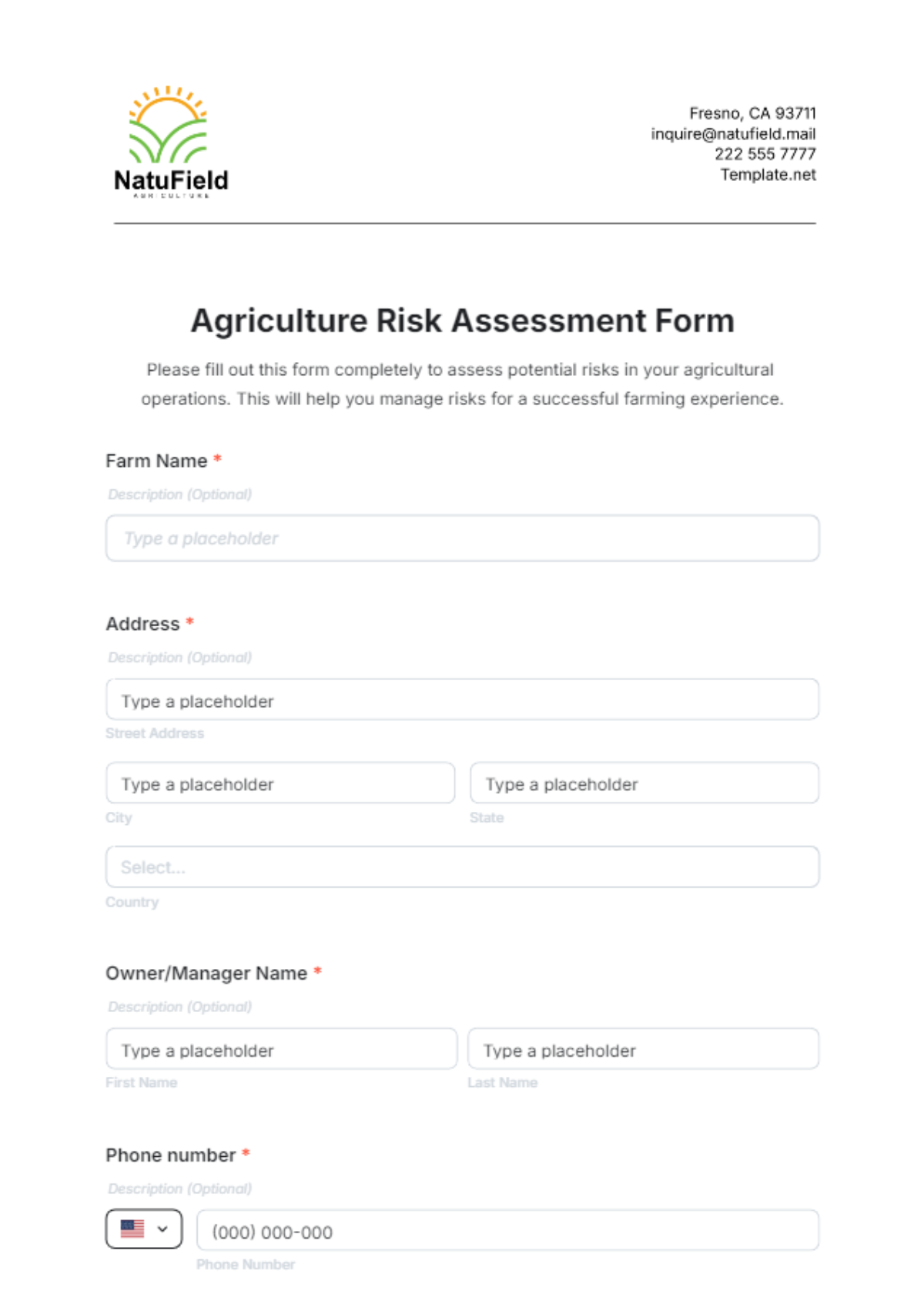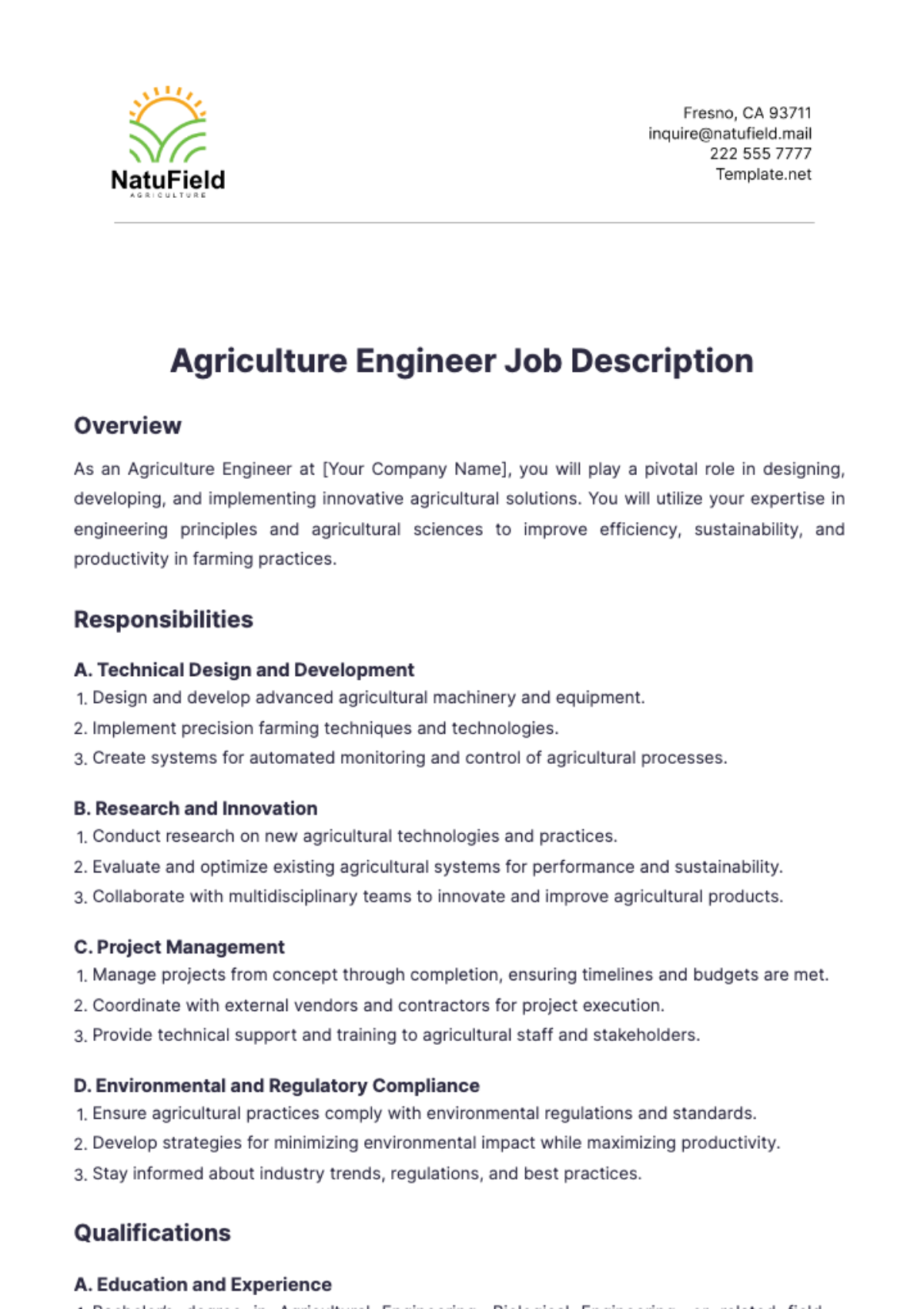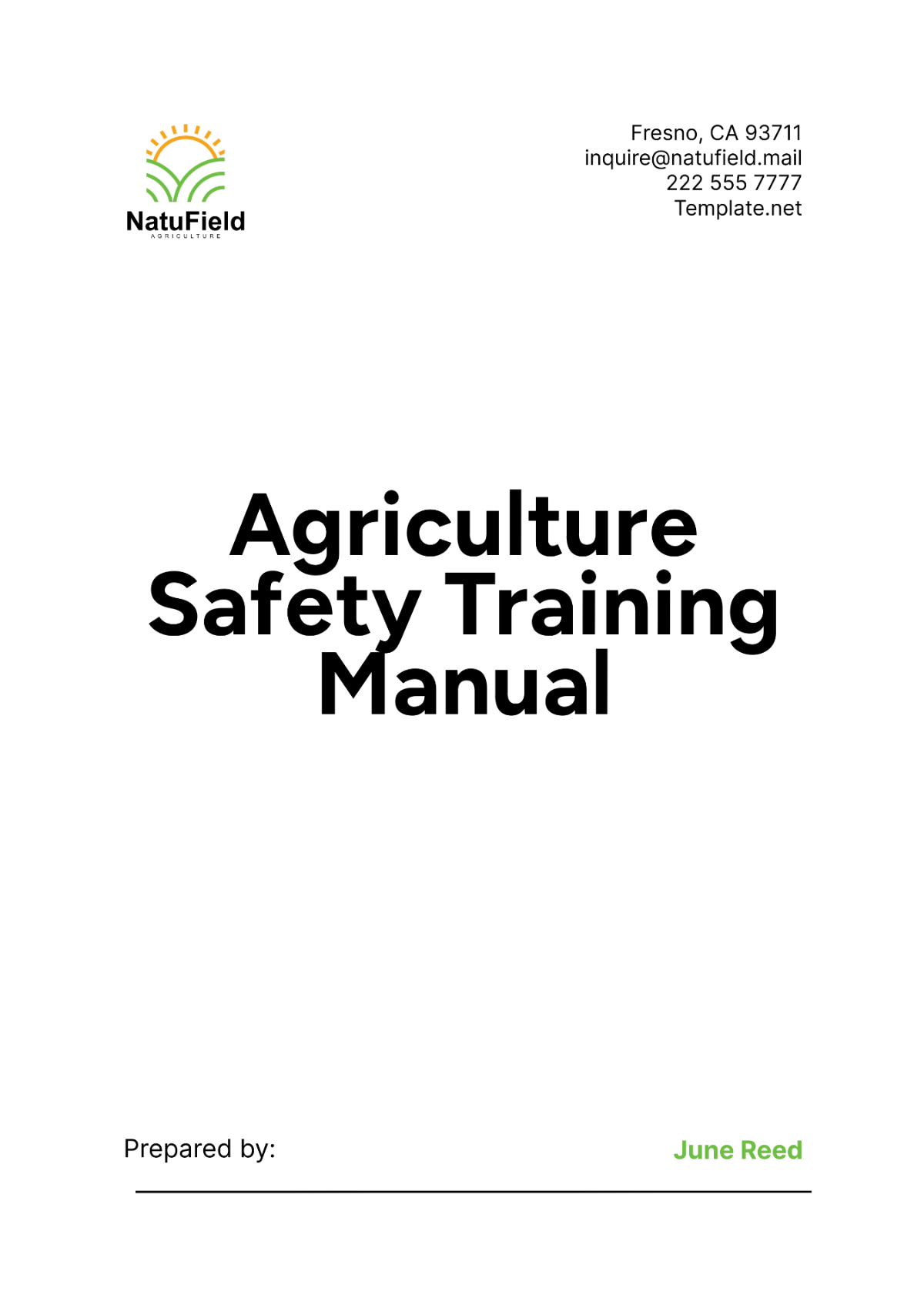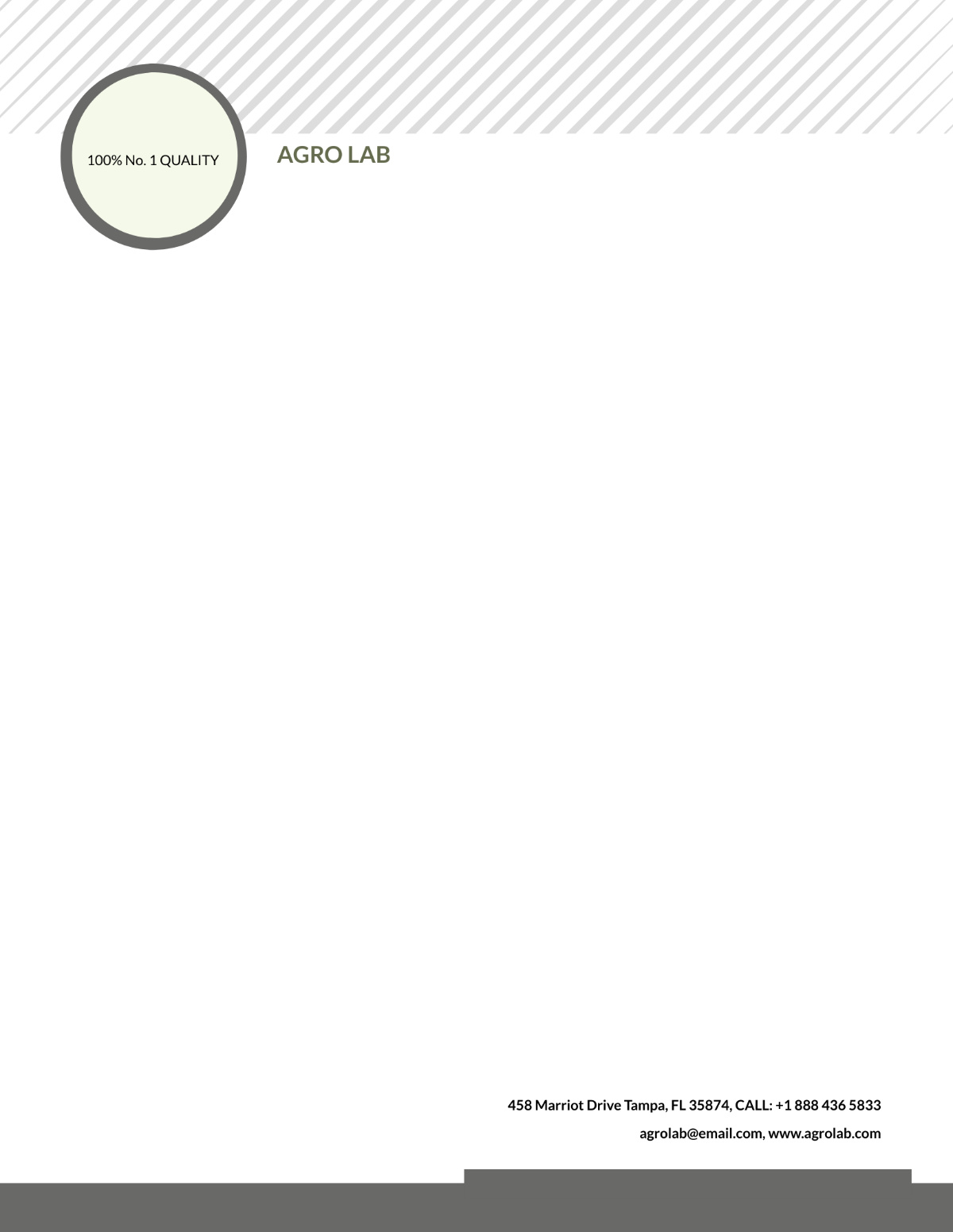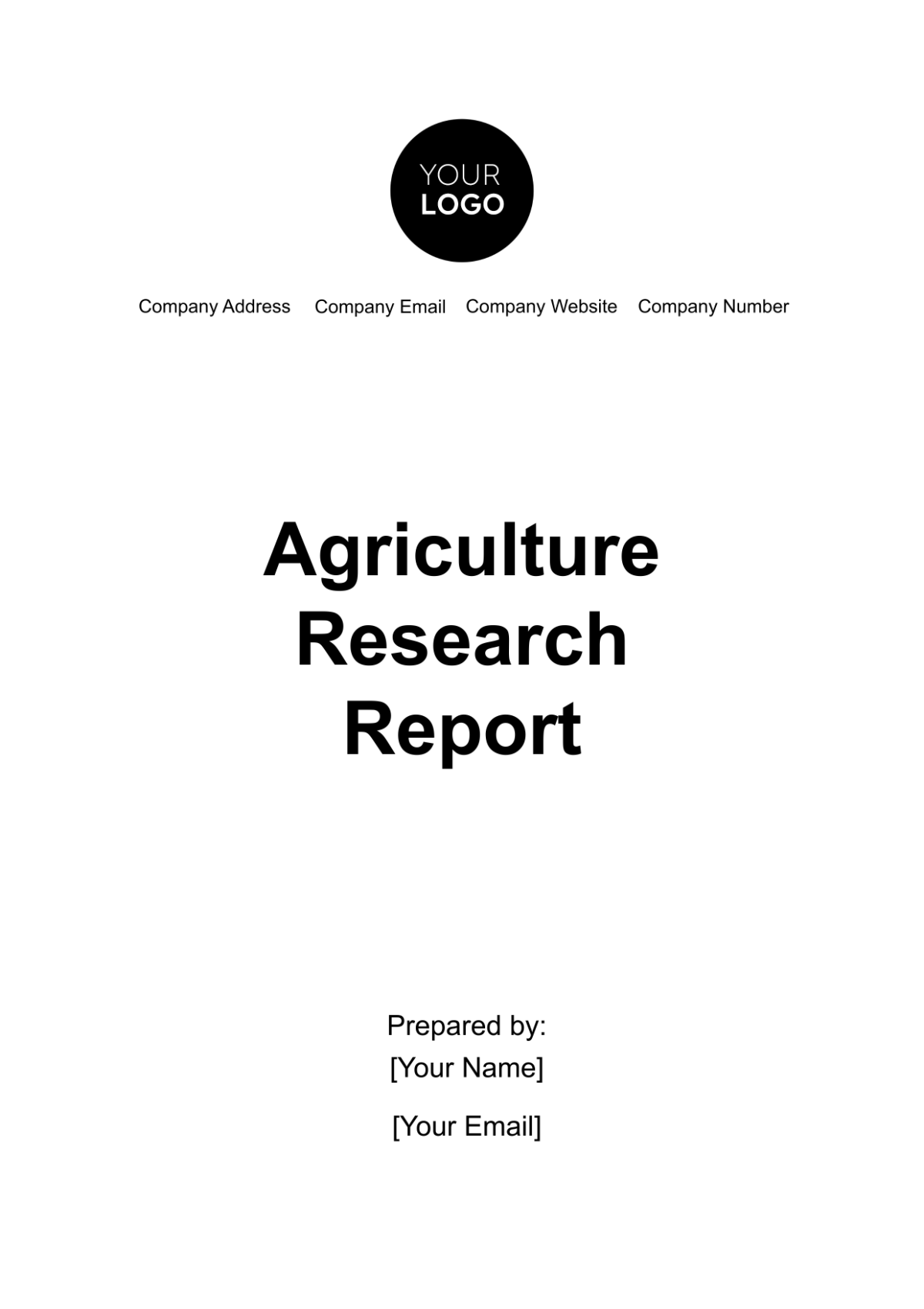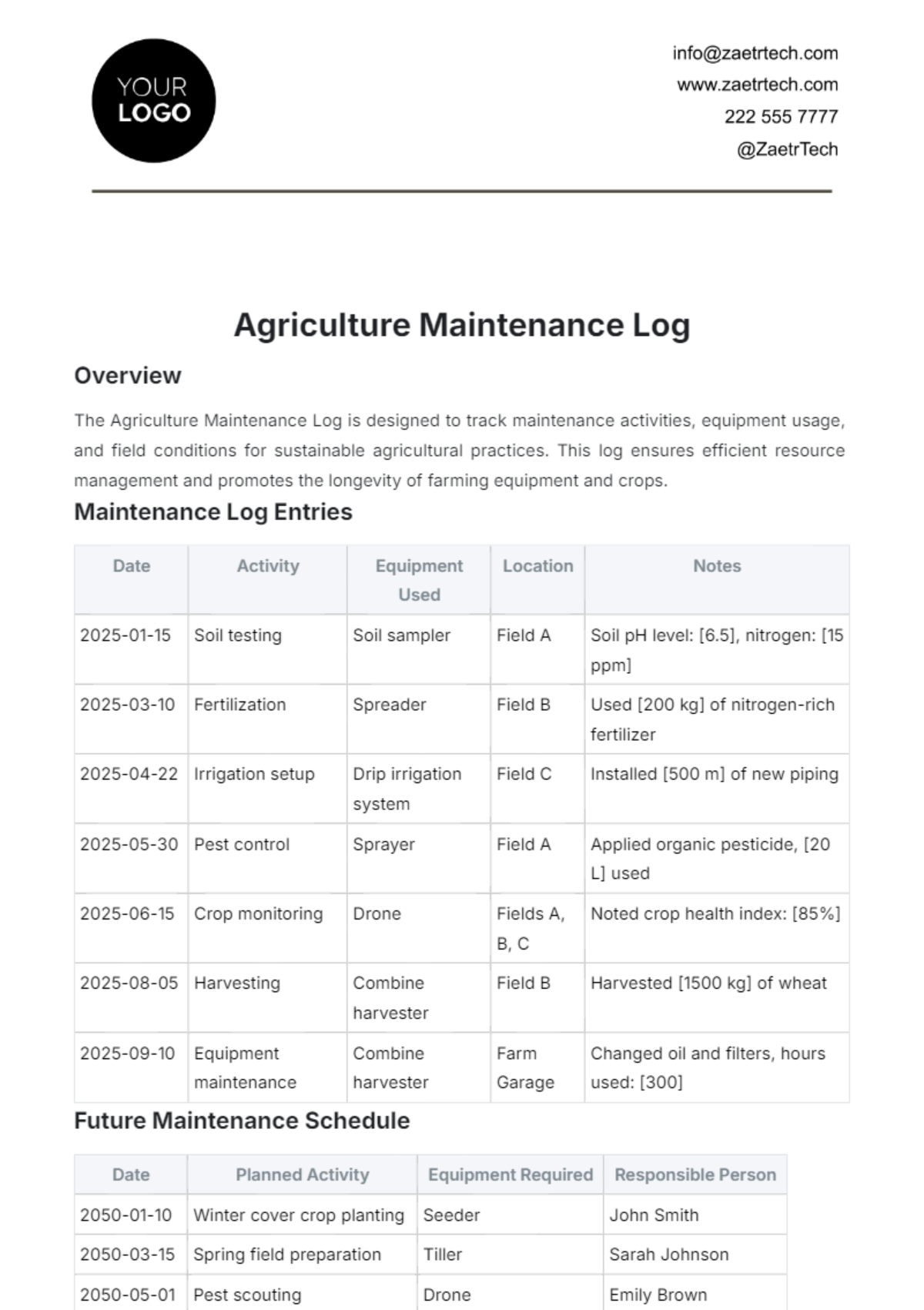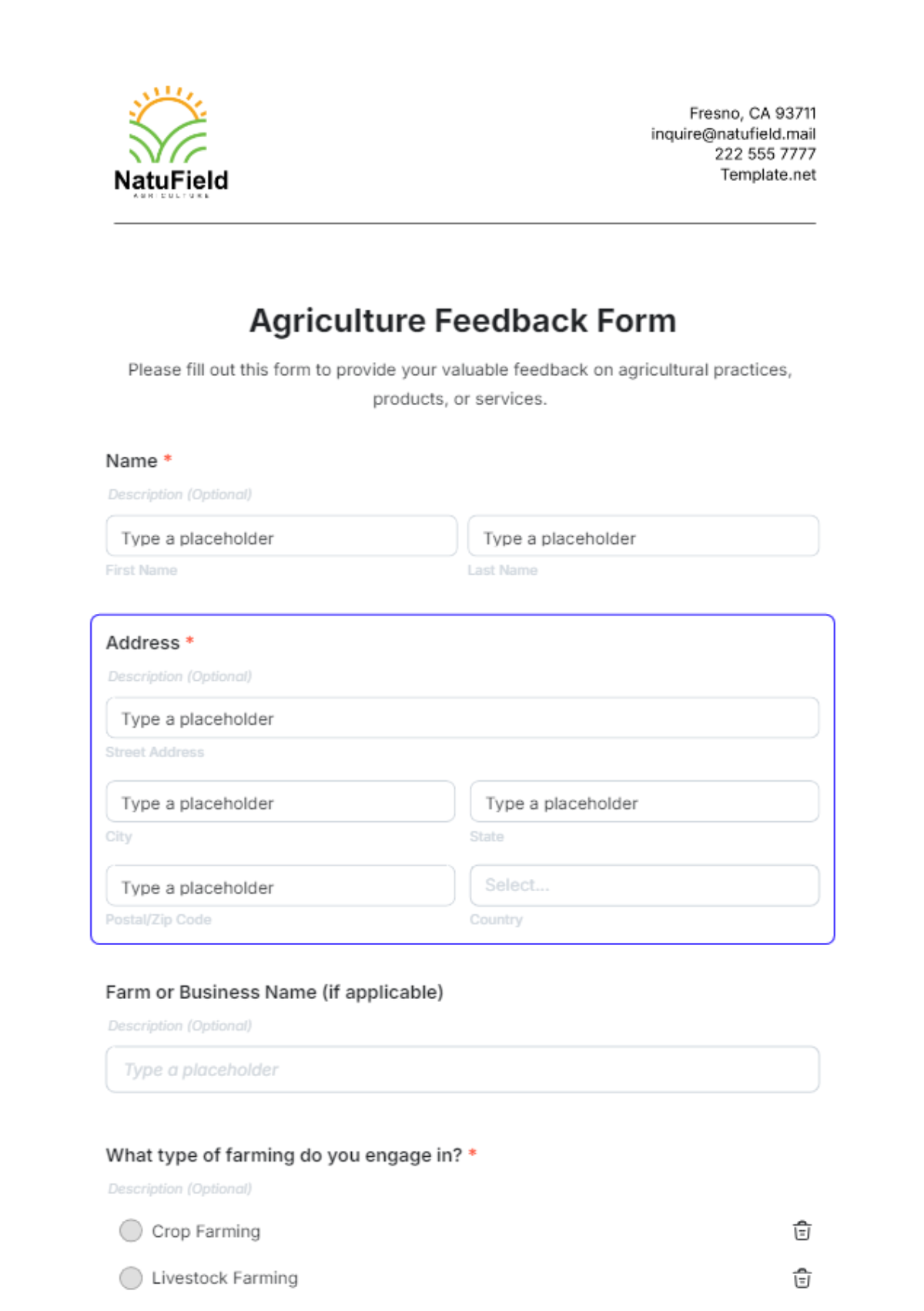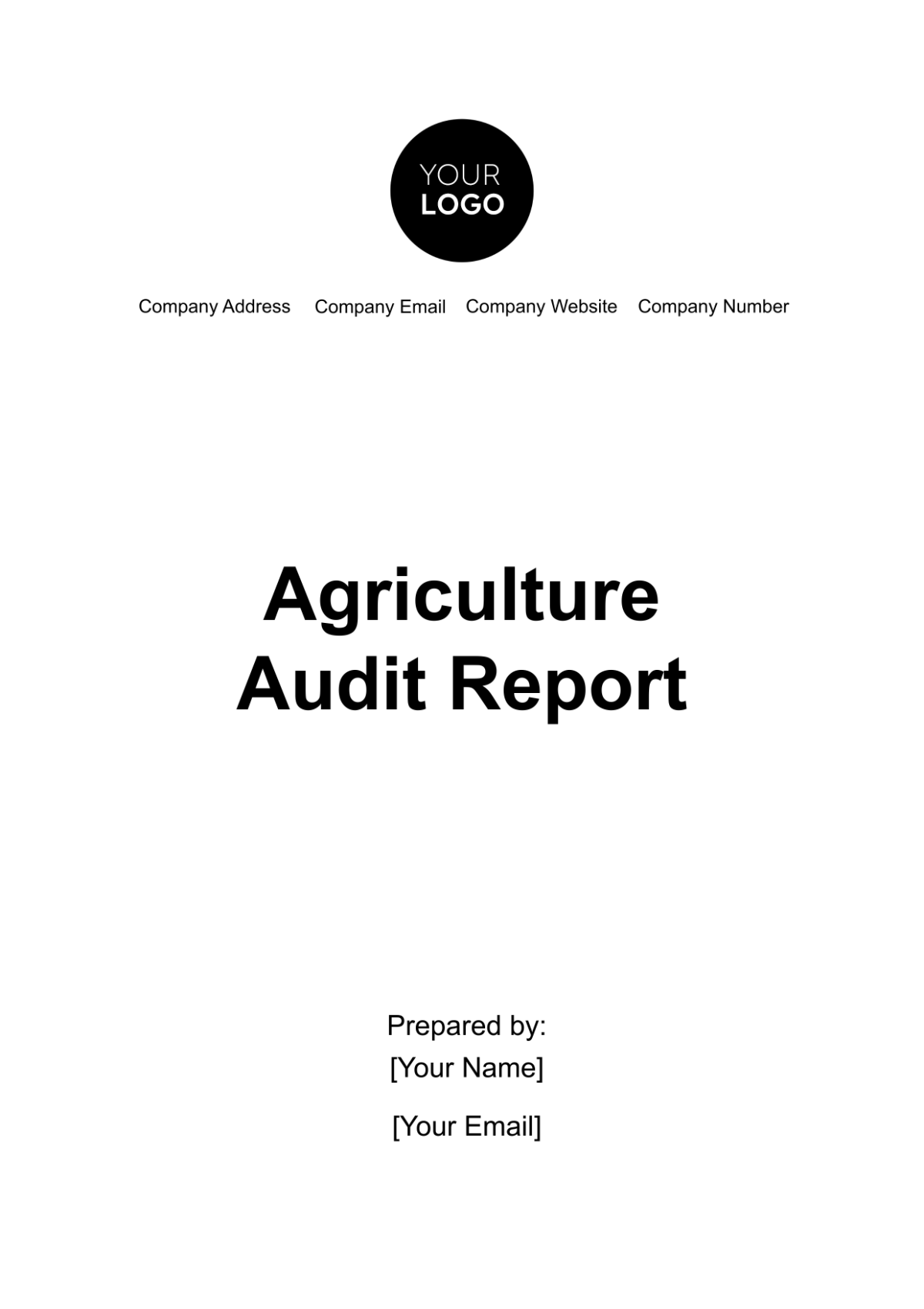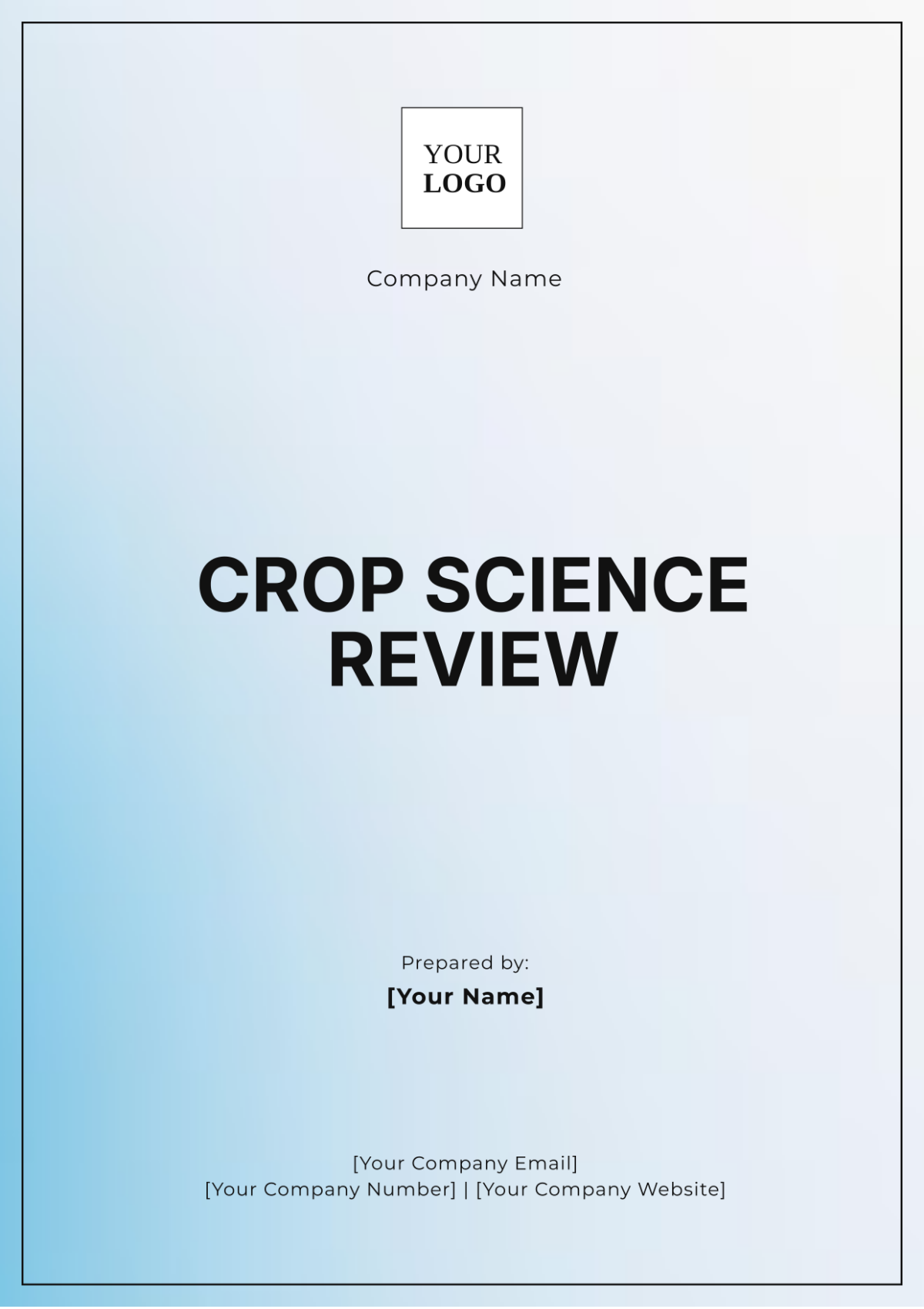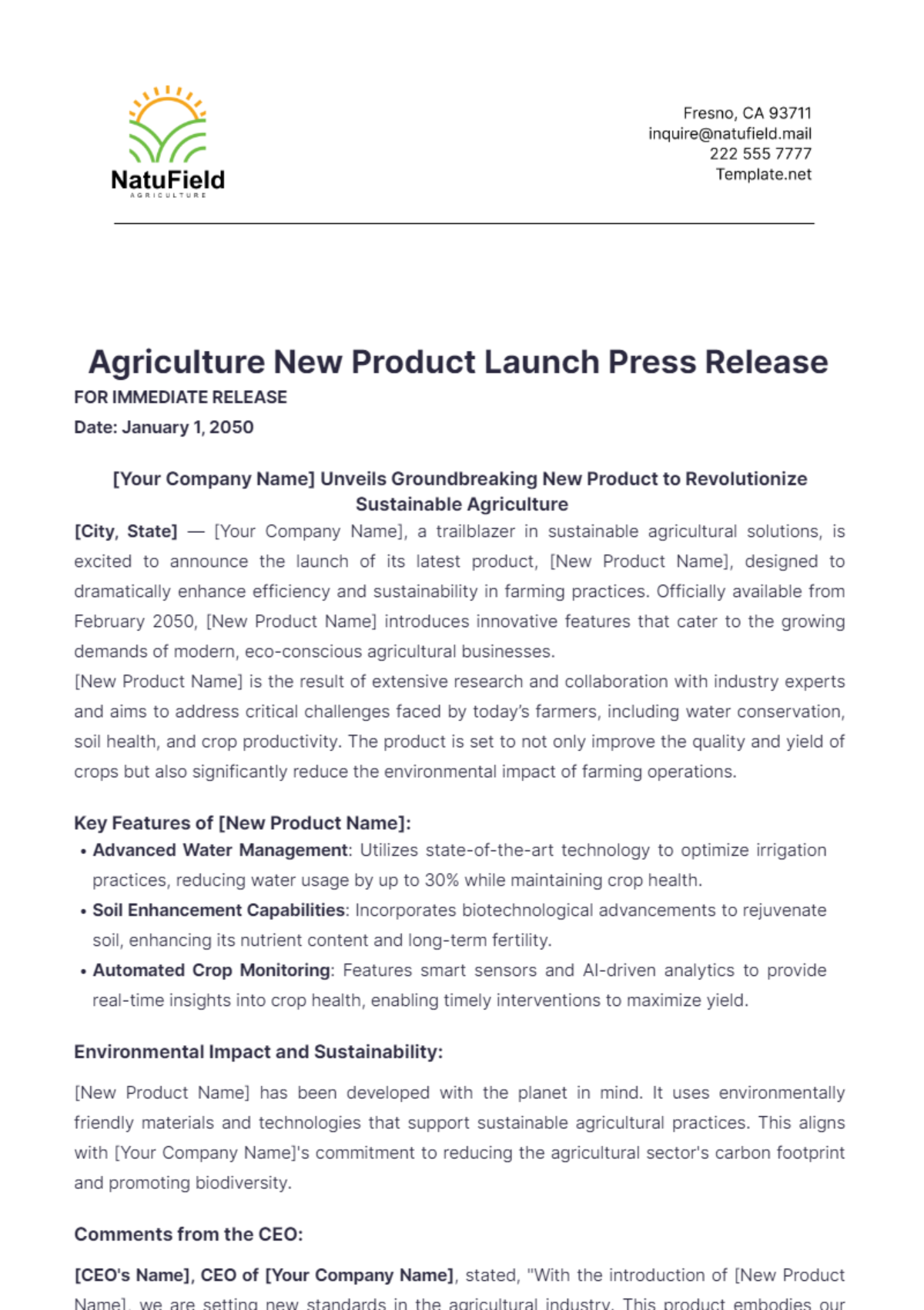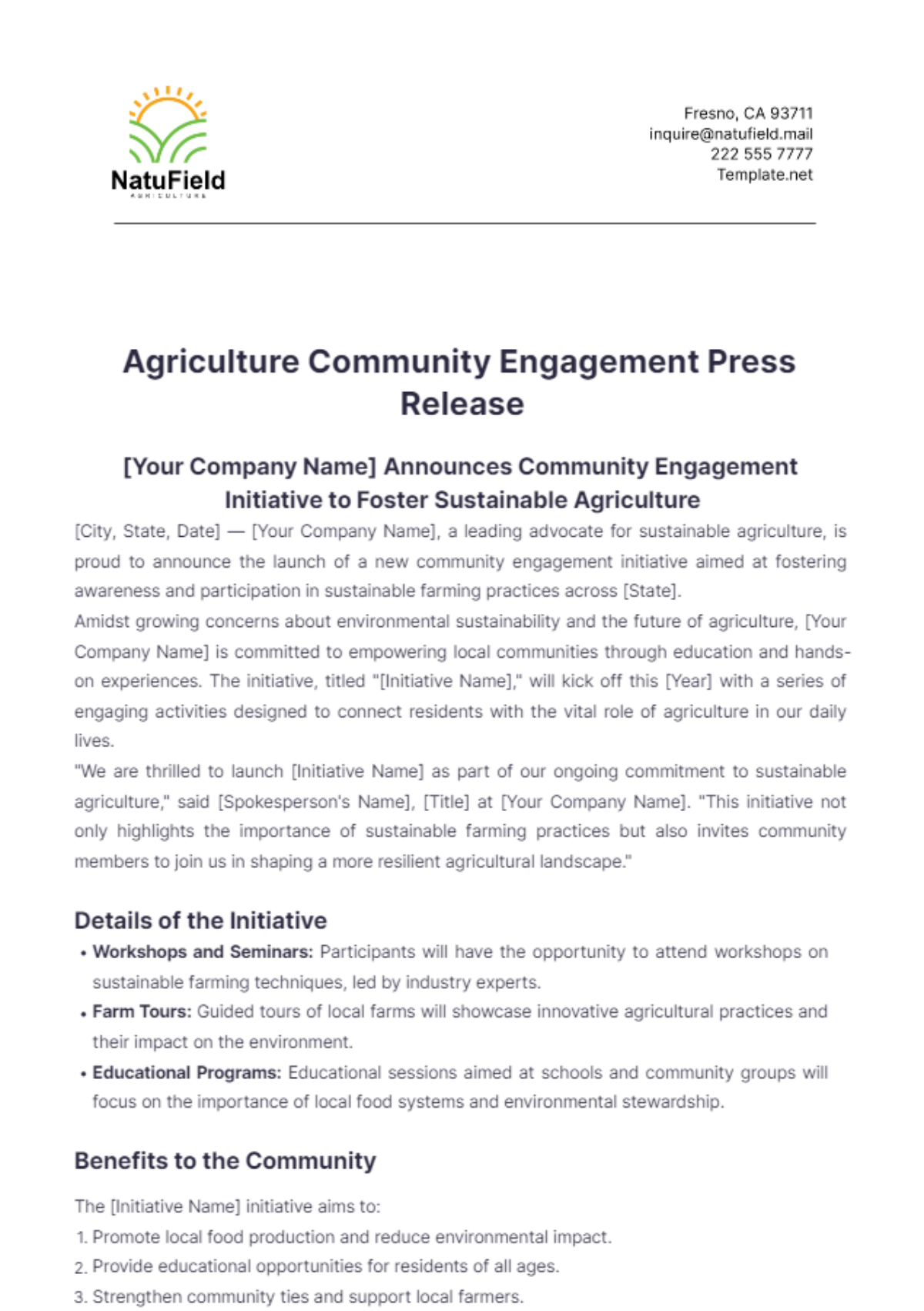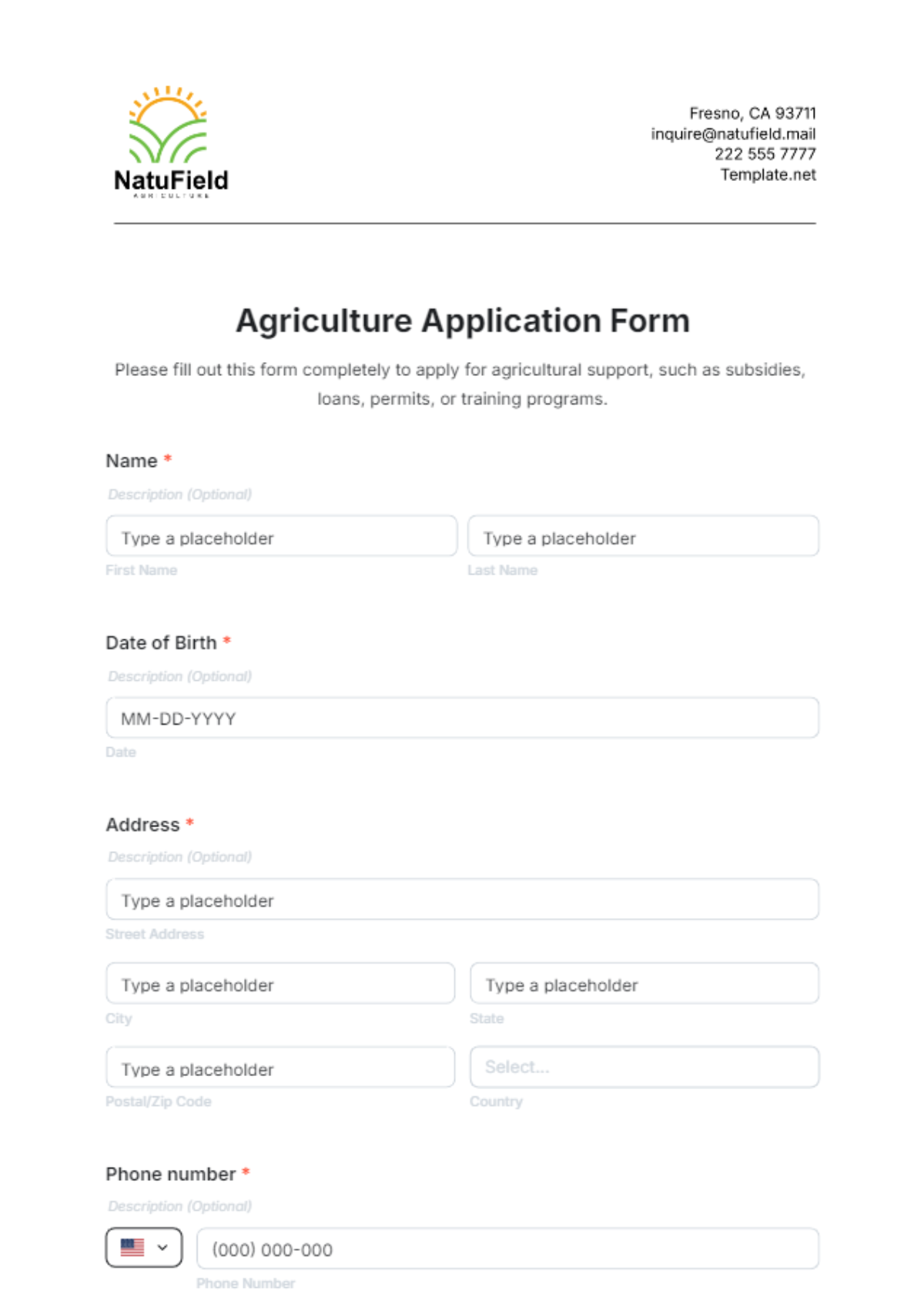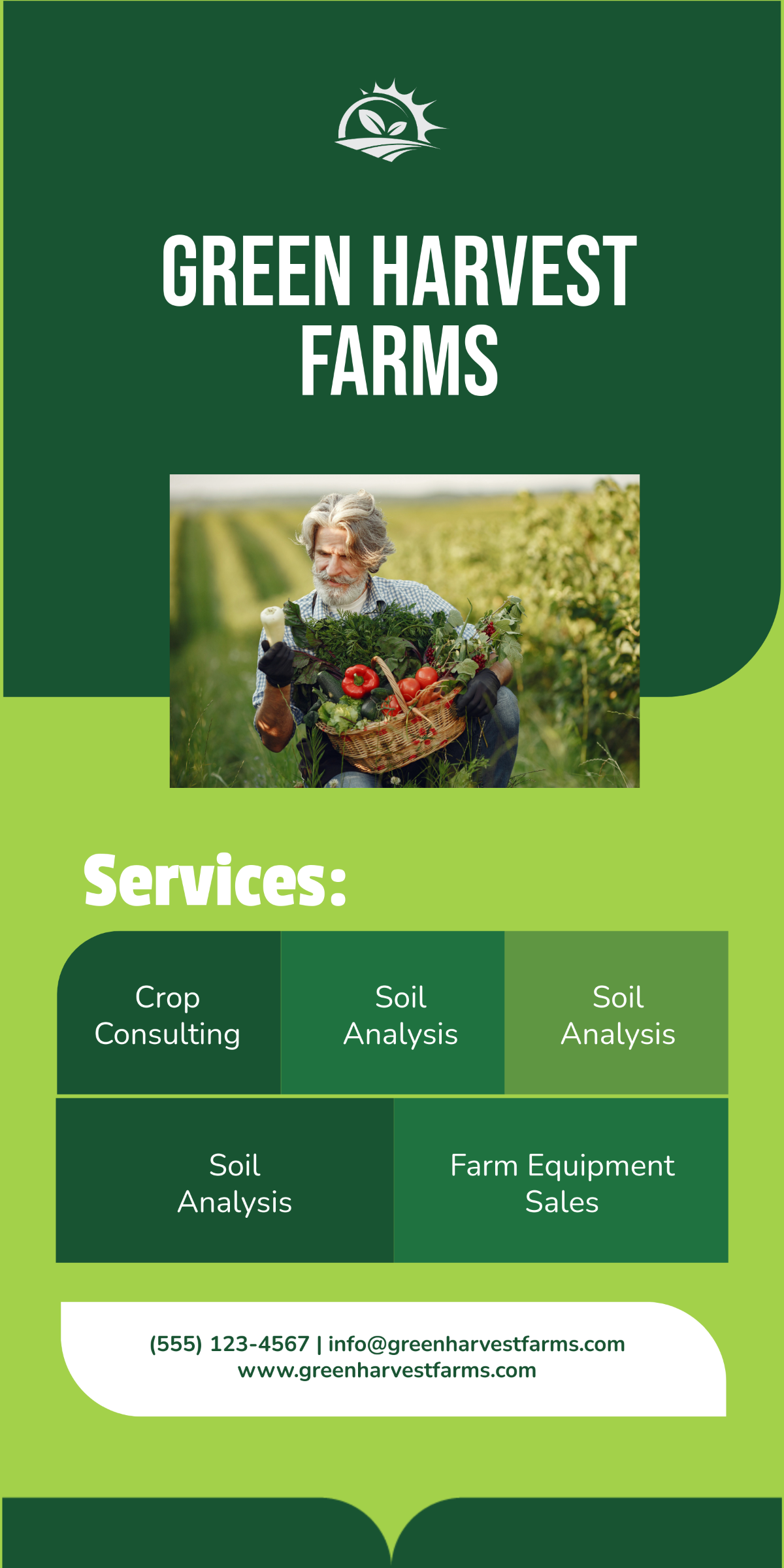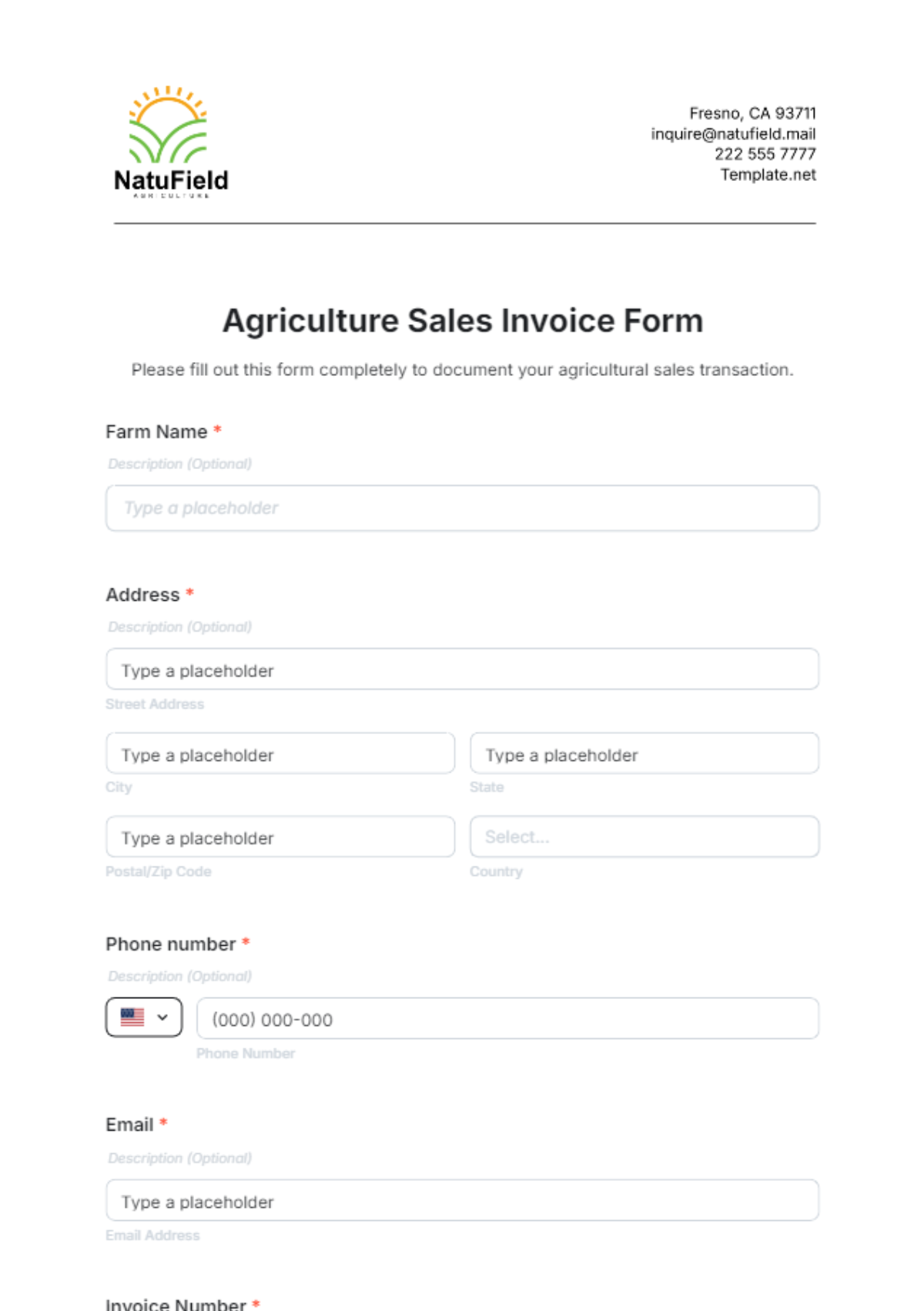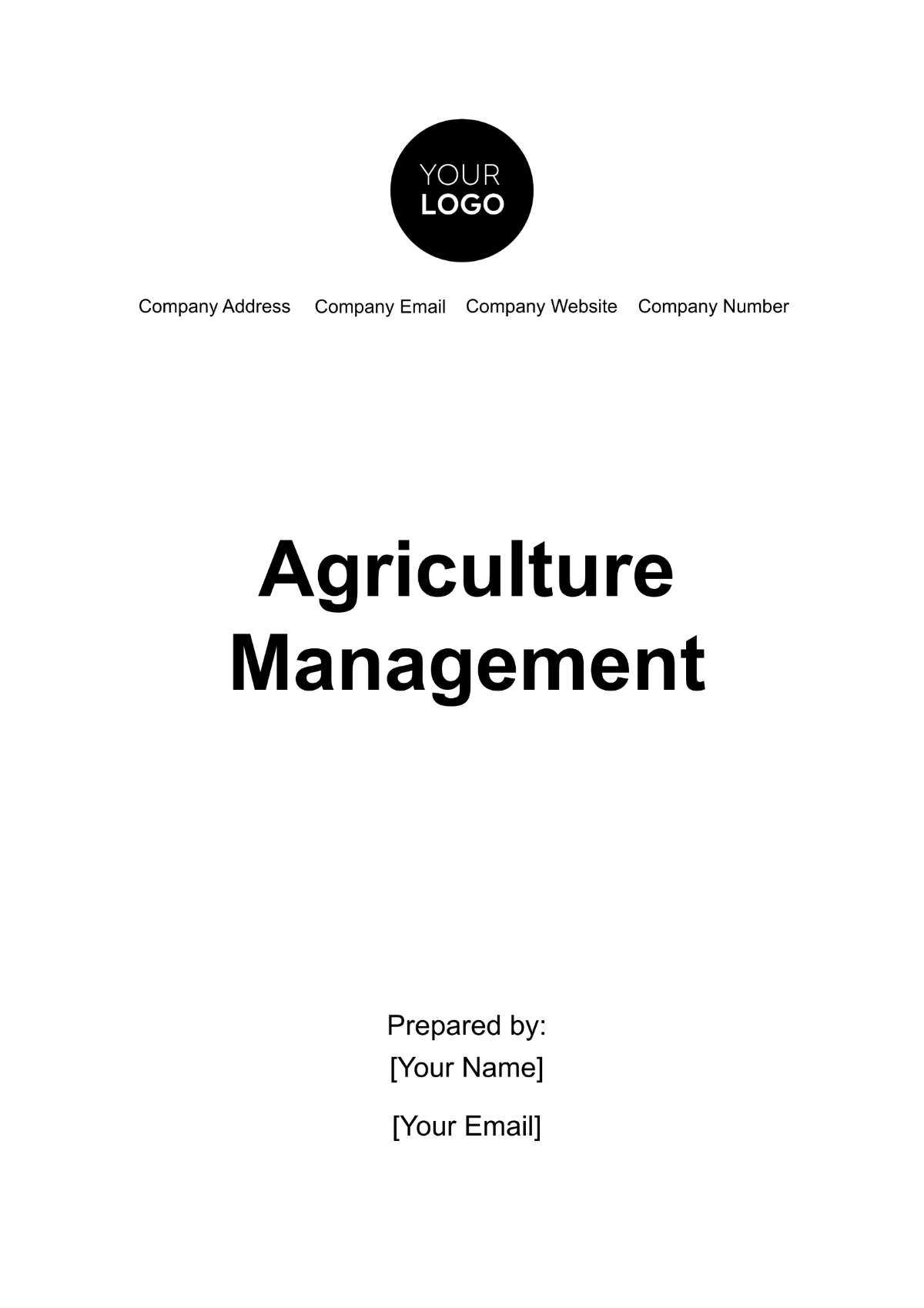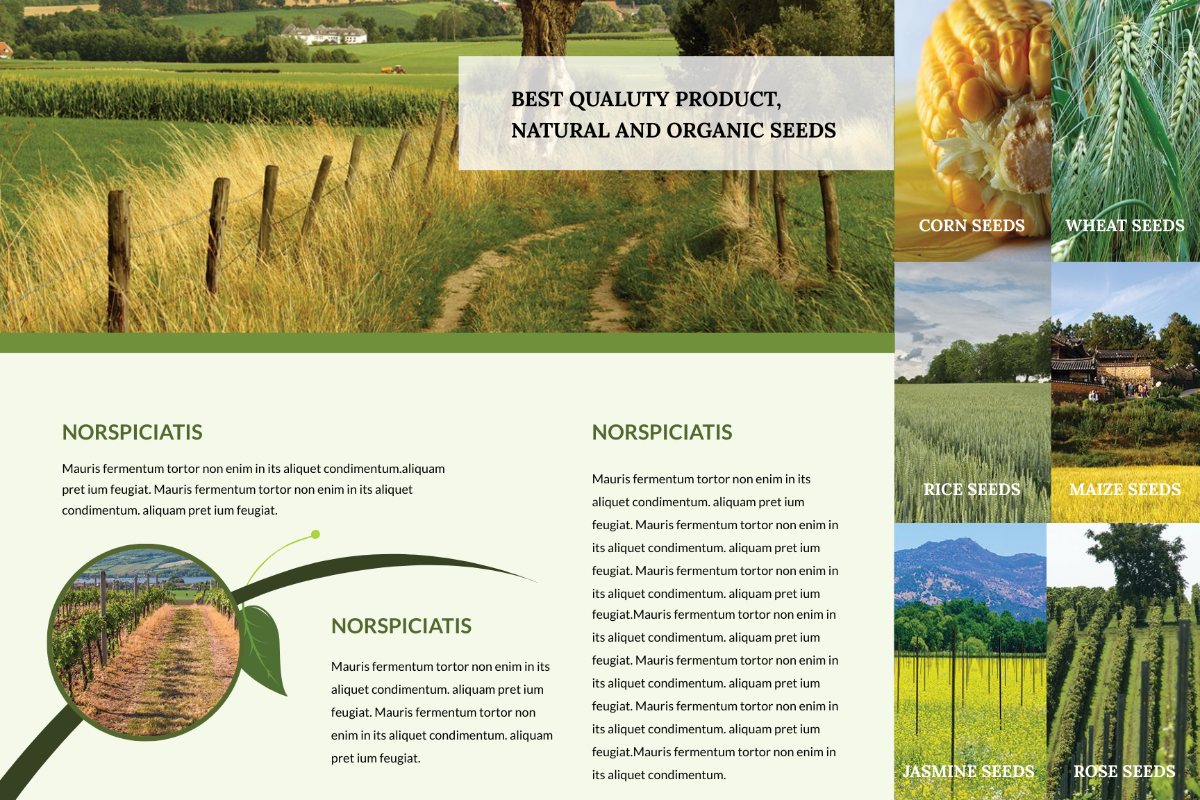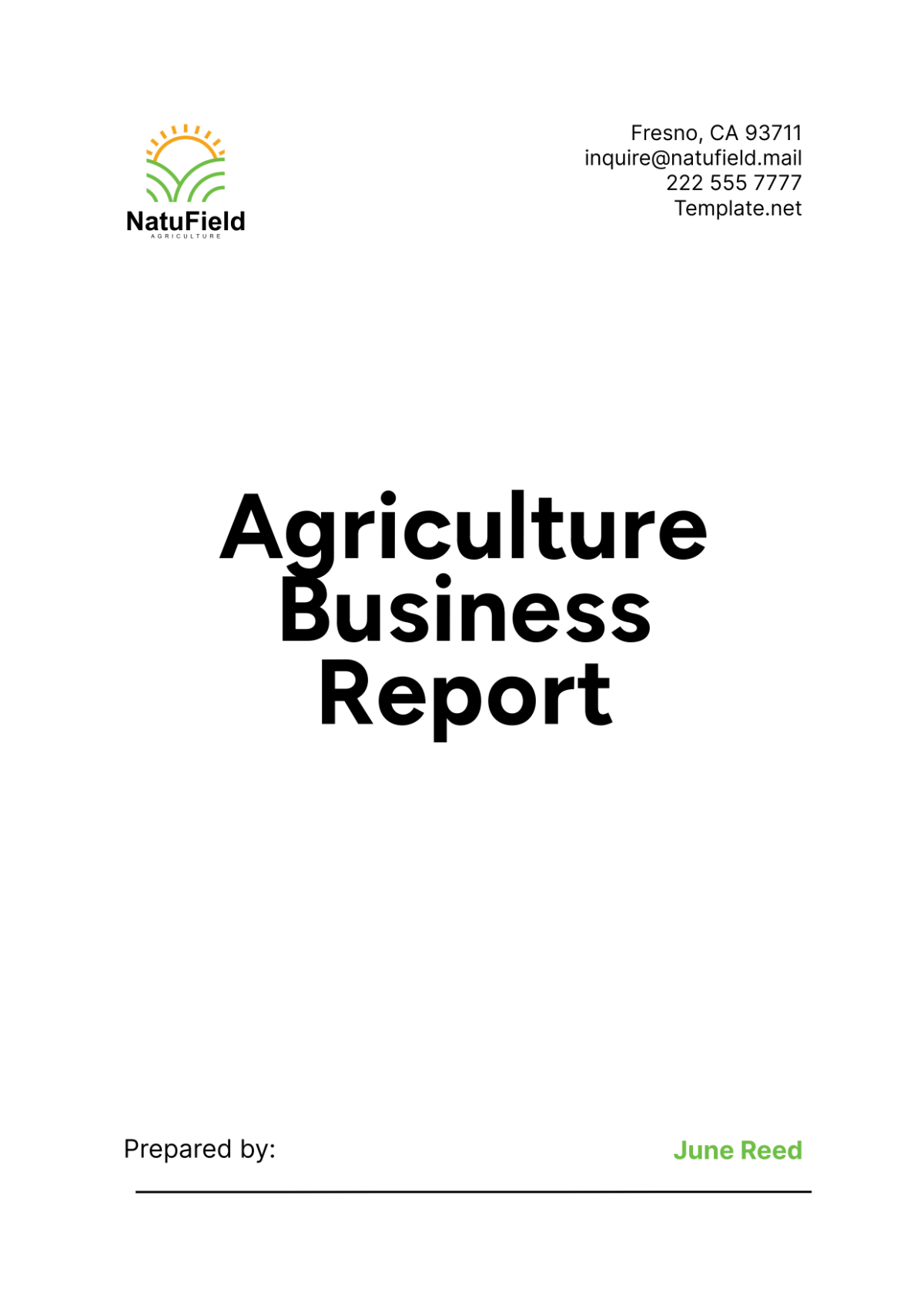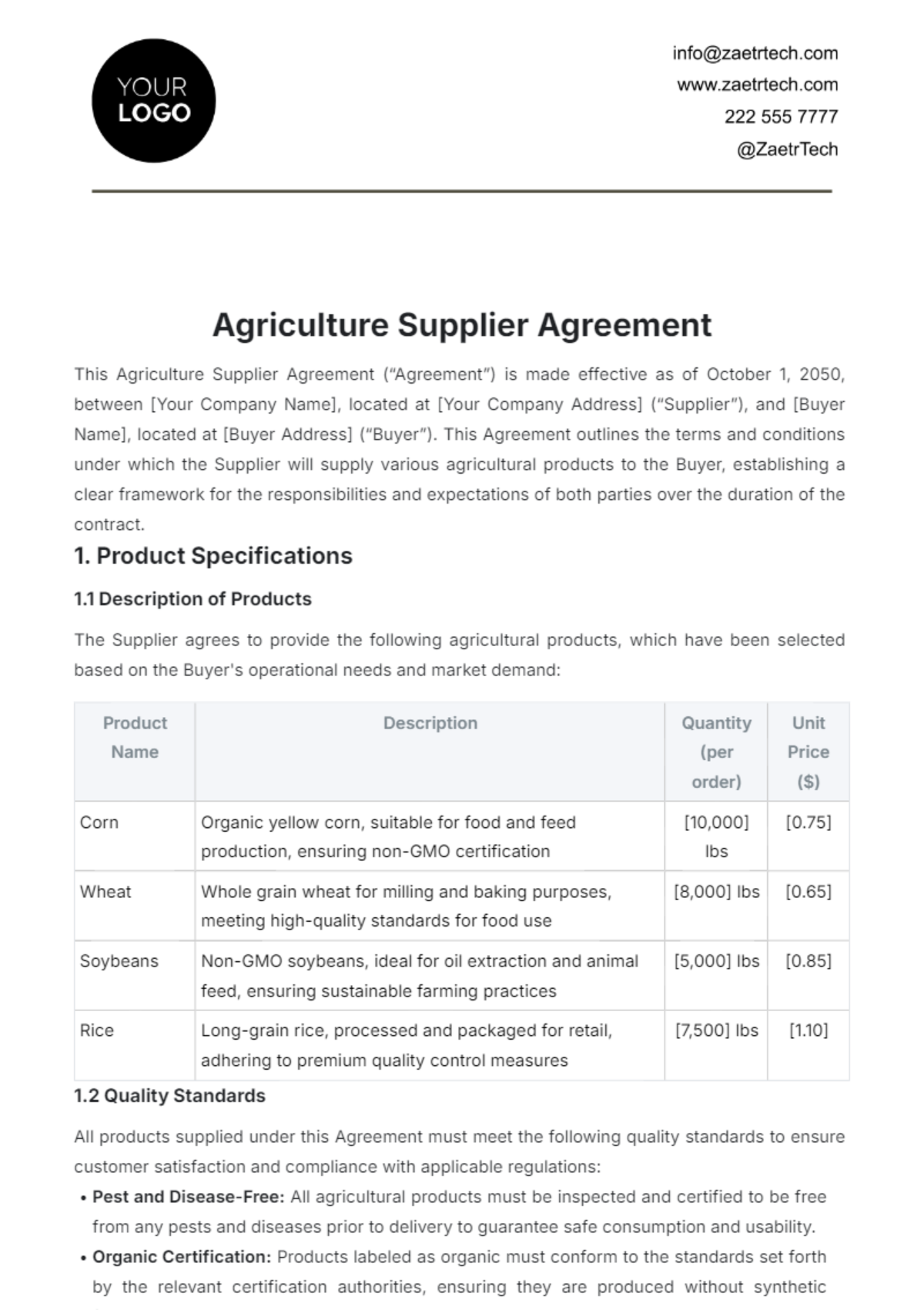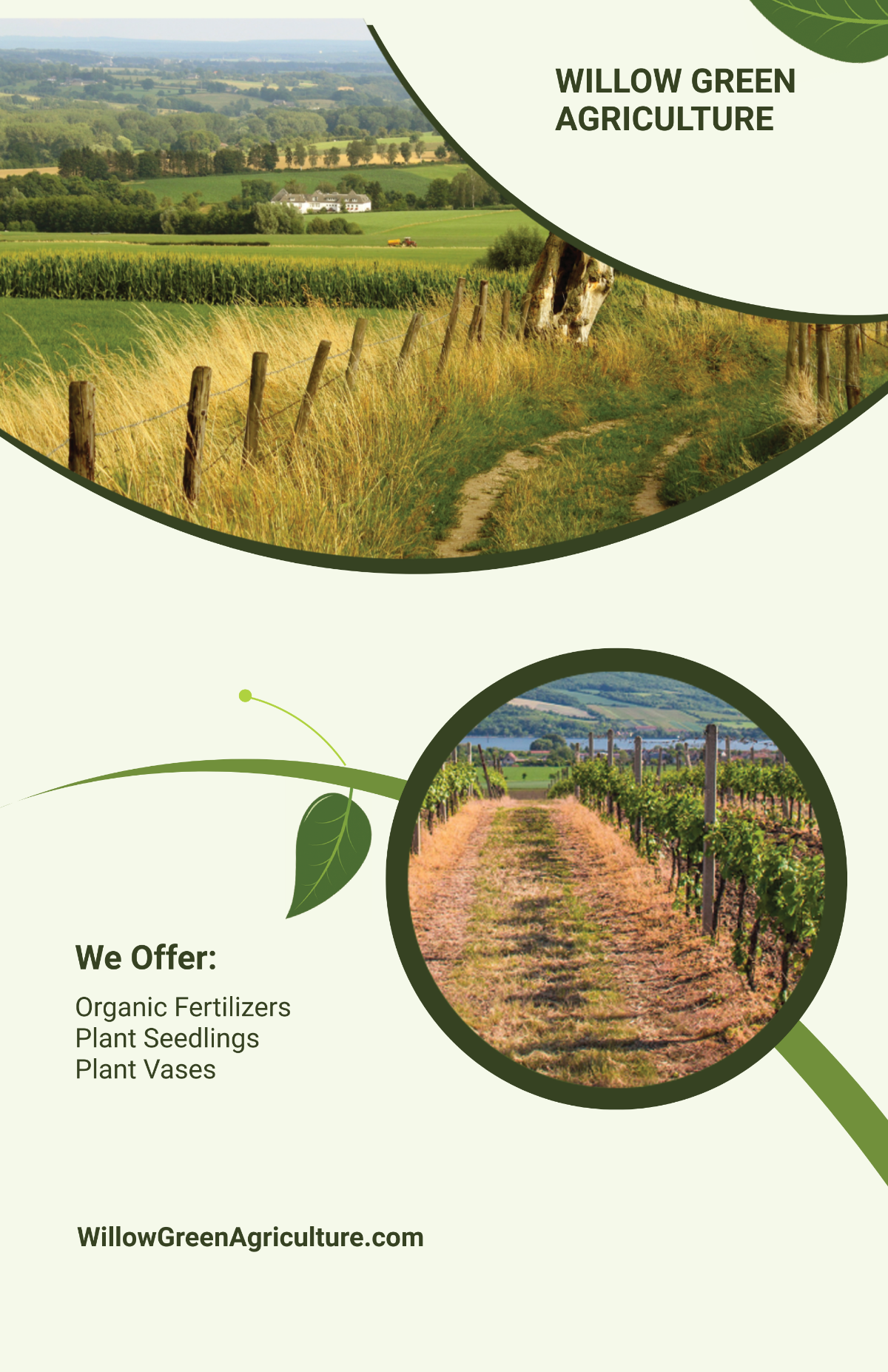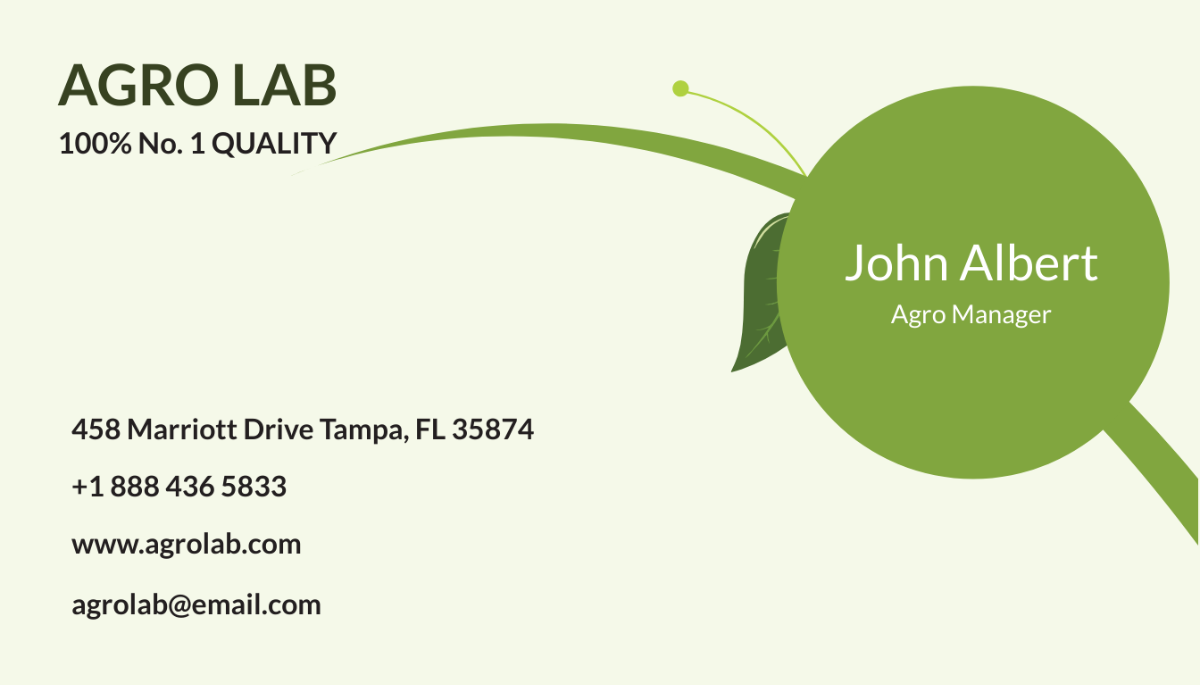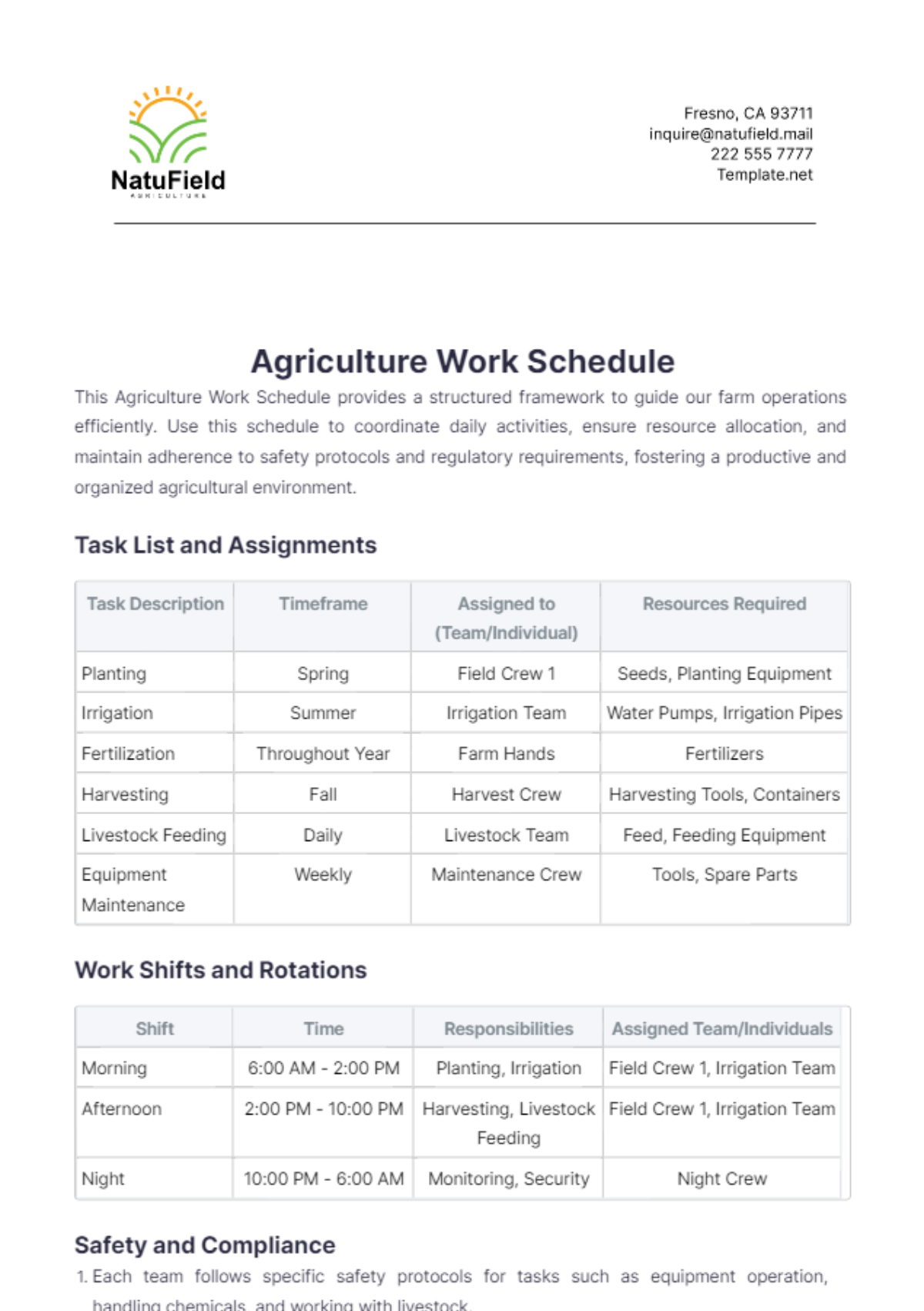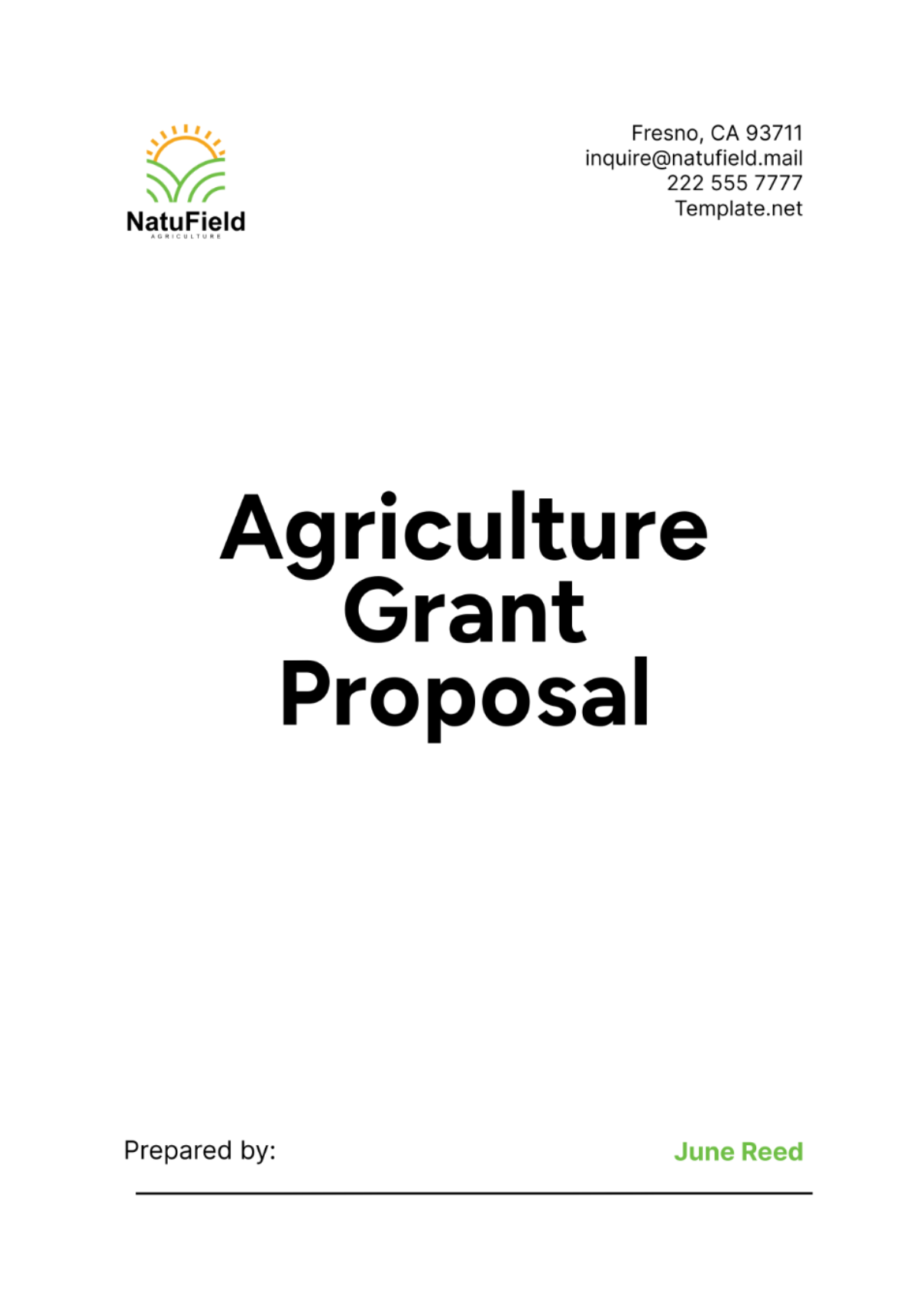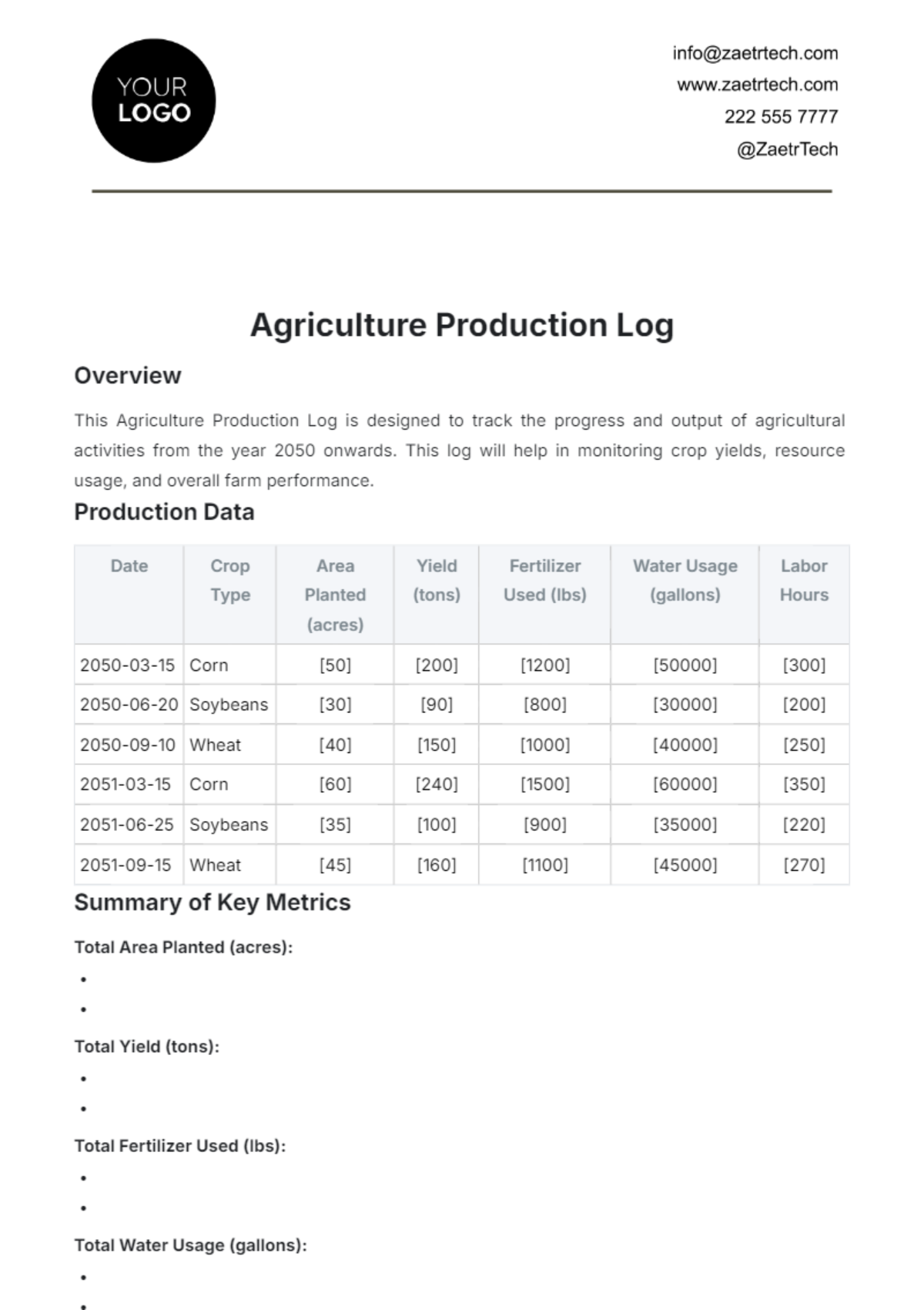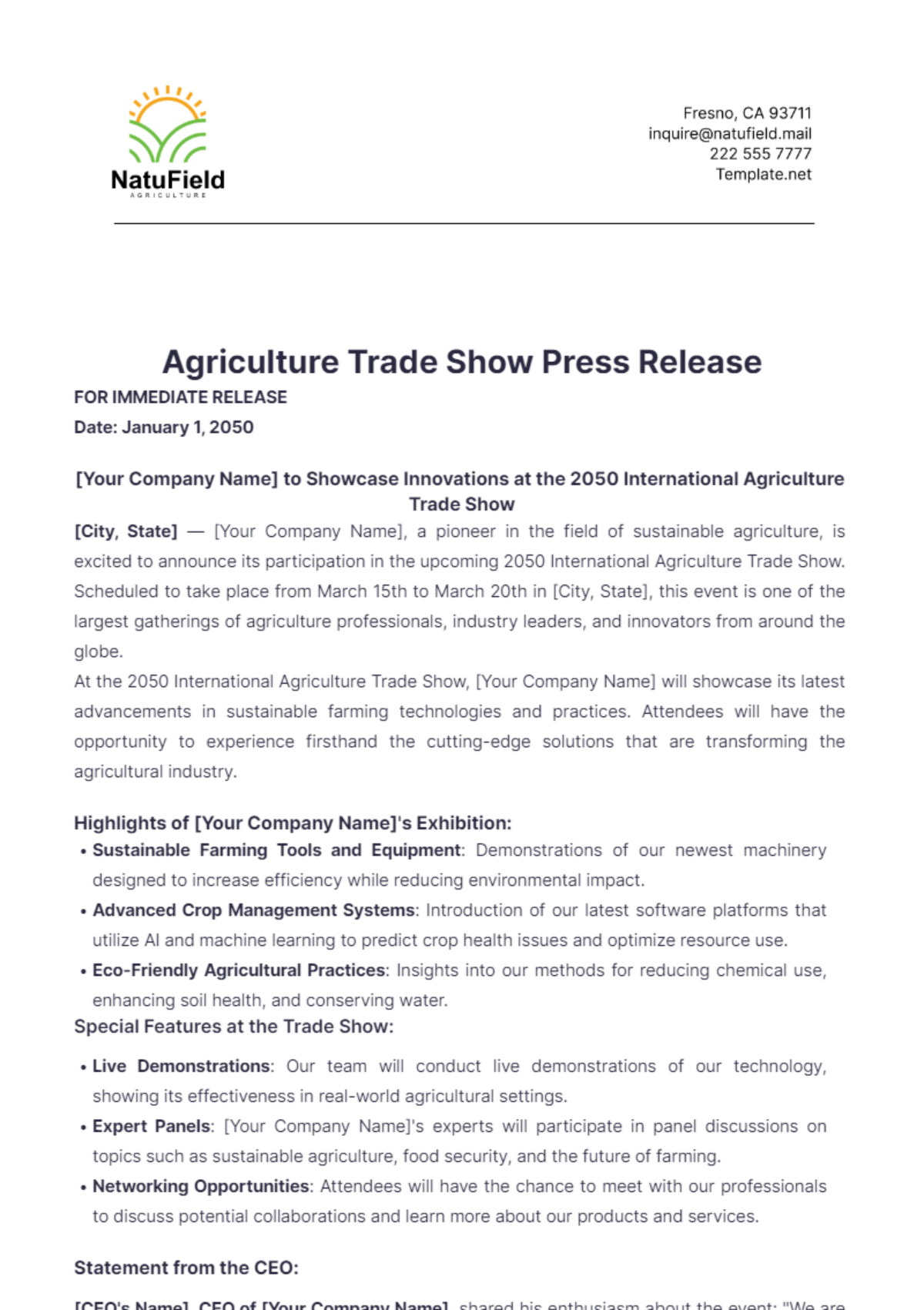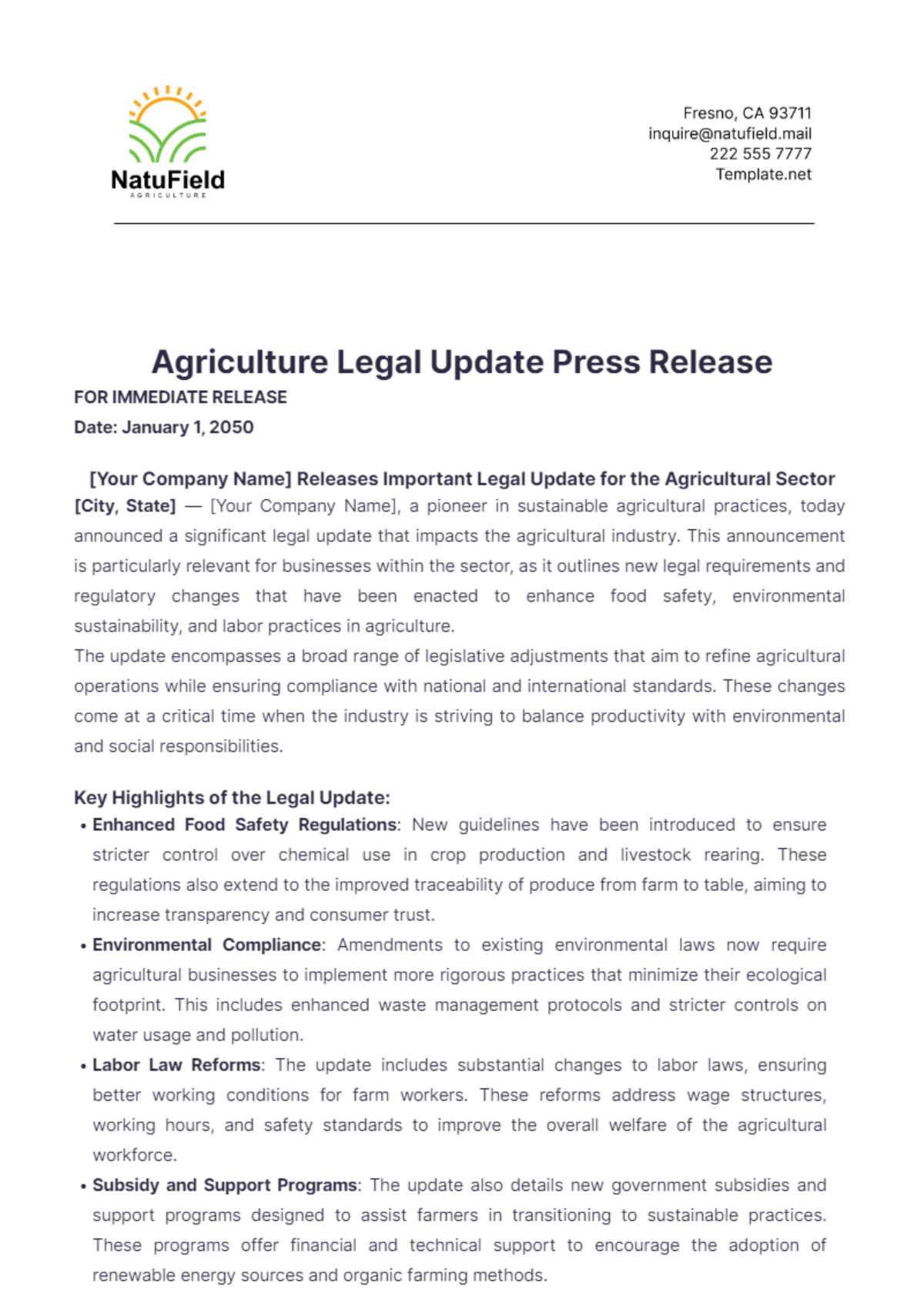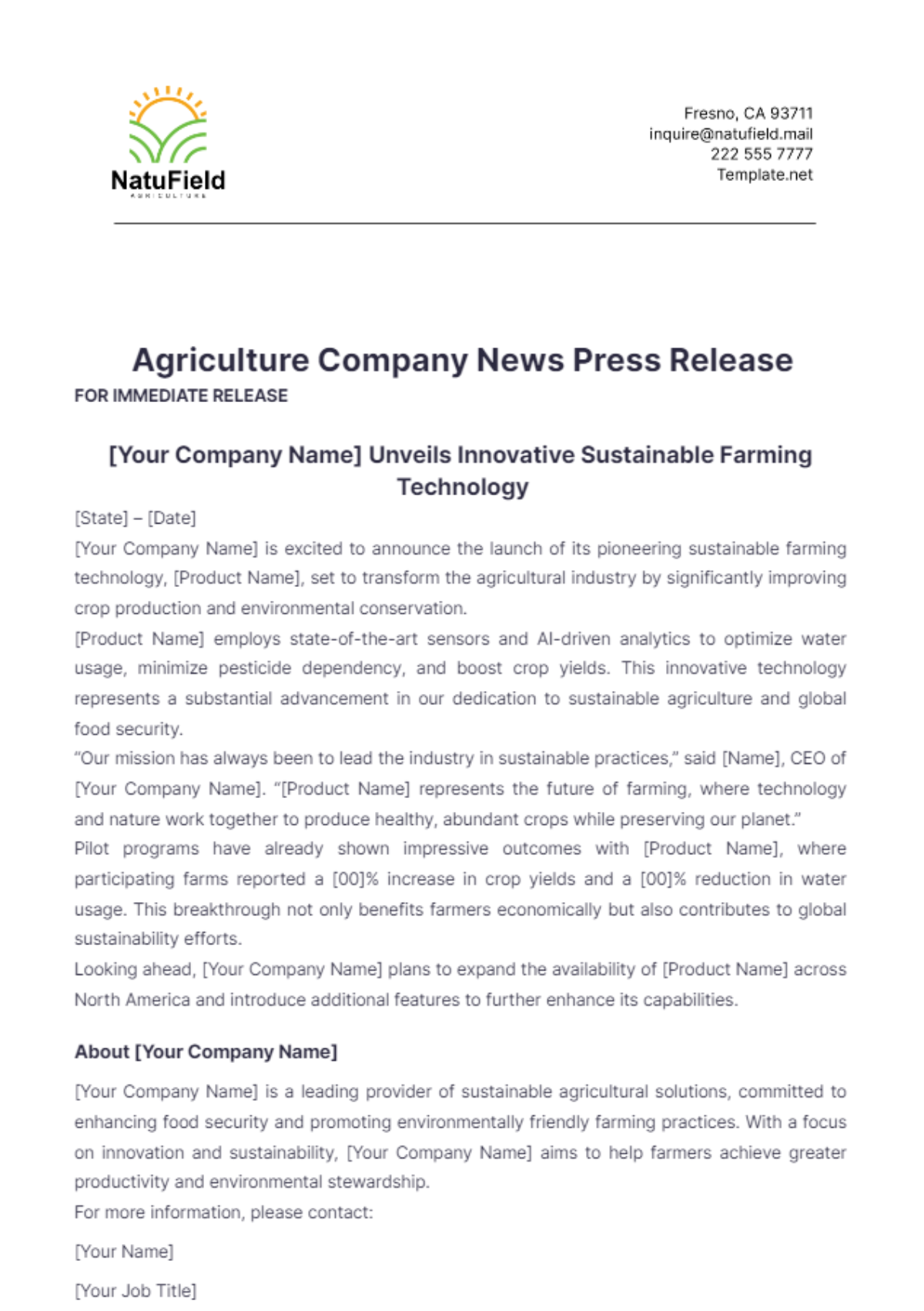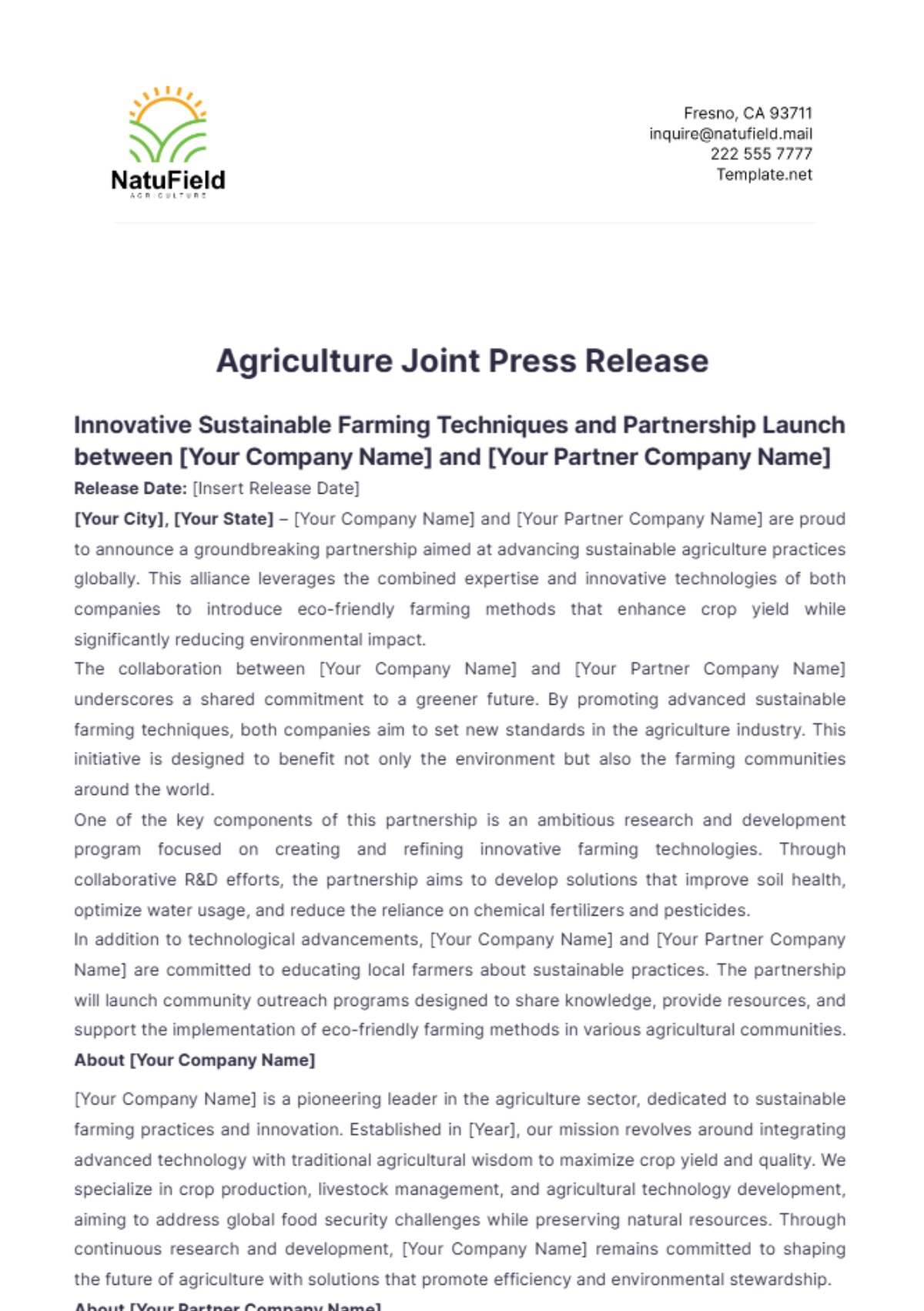Agriculture Equipment Allocation Strategy
I. Introduction
A. Overview
Efficient allocation of agricultural equipment is paramount for optimizing productivity and minimizing operational costs in farming operations. [Your Company Name]'s strategy focuses on strategically allocating tractors, harvesters, planters, and irrigation systems across various farming sites to meet fluctuating demand throughout the year. By leveraging data-driven insights and advanced technology, this strategy aims to enhance operational efficiency and maximize yield potential.
B. Objectives
The primary objective is to ensure that all agricultural equipment is utilized to its full capacity, minimizing idle time and maximizing return on investment.
Another key goal is to reduce downtime associated with equipment maintenance and repair, thereby enhancing overall operational continuity.
By improving equipment allocation practices, [Your Company Name] seeks to boost agricultural productivity and profitability.
This strategy also emphasizes the importance of integrating sustainable practices into equipment usage and maintenance to minimize environmental impact.
II. Current Equipment Inventory
A. Equipment List
Tractors
[Your Company Name] currently owns and operates a fleet of tractors including the John Deere 5075E and Case IH Magnum 380 models. These tractors are essential for various tasks such as plowing, tilling, and hauling within farming operations.
Harvesters
The fleet includes high-capacity harvesters like the John Deere S700 and Claas Lexion 8900, crucial for efficiently harvesting crops during peak seasons.
Planters
Planting equipment such as the John Deere MaxEmerge 5 and Kinze 3600 ensures precise seed placement and optimal planting density.
Irrigation Systems
[Your Company Name] utilizes advanced irrigation systems including the Valley Center Pivot and Reinke Center Pivot systems to ensure consistent water distribution across fields.
B. Equipment Usage Analysis
Detailed usage analysis reveals that during peak seasons, such as planting and harvesting periods, tractors and harvesters experience significantly higher demand compared to off-peak periods. The utilization rates vary based on seasonal requirements and operational needs, with adjustments made to ensure optimal performance and efficiency across all equipment types.
The utilization rates of equipment, such as tractors and harvesters, are critical metrics in understanding operational efficiency and resource allocation strategies. During peak seasons, tractors and harvesters experience increased usage rates as compared to off-peak periods. For instance, tractors might be utilized for planting, plowing, and spraying activities. On the other hand, harvesters are essential for harvesting crops during the peak season.
During off-peak seasons, the demand for equipment typically decreases as farming activities such as planting and harvesting are reduced. However, there remains a need for ongoing maintenance and occasional secondary tasks, which necessitates a strategic redistribution of equipment to ensure optimal utilization and readiness for the next peak season.
C. Maintenance and Downtime
Regular maintenance is essential to ensure the longevity and reliability of agricultural equipment. Scheduled maintenance tasks include routine inspections, oil changes, and component replacements as per manufacturer recommendations. Despite proactive maintenance schedules, unforeseen breakdowns can occur, leading to unplanned downtime.
Analyzing the average downtime per equipment type provides insights into operational interruptions and opportunities for improvement. By tracking downtime trends, [Your Company Name] aims to minimize disruptions and optimize equipment uptime through proactive maintenance strategies and timely repairs.
III. Future Equipment Needs
A. Demand Forecasting
Forecasting future equipment needs is crucial for [Your Company Name] to effectively plan for growth and operational expansion. Utilizing historical data and market trends, demand for agricultural equipment is projected to increase steadily over the next five years. This forecast includes anticipated growth in crop acreage, advancements in farming technology, and shifts in consumer demand for agricultural products.
B. Technological Advancements
The integration of advanced technologies plays a pivotal role in modernizing agricultural practices and enhancing operational efficiency. [Your Company Name] is exploring opportunities to incorporate state-of-the-art technologies such as GPS-guided tractors, automated harvesters, and smart irrigation systems.
GPS-Guided Tractors: These tractors utilize precision technology to optimize field operations, ensuring accurate seed placement and reduced overlap. GPS guidance systems enhance efficiency by minimizing fuel consumption and labor costs while maximizing yield potential.
Automated Harvesters: Automated harvesters streamline the harvesting process by autonomously navigating fields and efficiently collecting crops. These advanced machines offer increased harvesting speeds, reduced operational costs, and enhanced data collection capabilities for yield analysis.
Smart Irrigation Systems: Smart irrigation systems leverage real-time data and weather forecasts to deliver precise amounts of water to crops. By optimizing water usage and minimizing runoff, these systems promote sustainable farming practices while improving crop health and yield.
IV. Allocation Strategy
A. Allocation Principles
Effective equipment allocation is guided by several principles aimed at optimizing resource utilization and operational efficiency:
Demand-Based Allocation: Equipment allocation is prioritized based on real-time demand forecasts and operational requirements across various farming sites. High-demand areas receive priority to ensure timely and efficient operations.
Seasonal Adjustments: The allocation strategy includes seasonal adjustments to accommodate fluctuating demand patterns. During peak seasons, additional equipment may be allocated to meet increased operational needs, while off-peak periods allow for maintenance and equipment readiness.
Maintenance Scheduling: Integrated into the allocation plan, maintenance schedules are strategically planned to minimize equipment downtime and optimize operational continuity. Scheduled maintenance tasks are aligned with off-peak periods to reduce disruptions during critical farming activities.
B. Allocation Plan
1. Tractors
During peak seasons such as planting and harvesting, tractors play a pivotal role in executing essential tasks across farming operations. [Your Company Name] allocates tractors based on field size, crop type, and operational requirements to maximize efficiency and productivity. For instance, larger fields may require more powerful tractors like the John Deere 5075E for heavy-duty tasks, while smaller fields benefit from the versatility of the Case IH Magnum 380.
2. Harvesters
Harvesters are critical during harvest seasons to efficiently collect and process crops. [Your Company Name] strategically allocates harvesters such as the John Deere S700 and Claas Lexion 8900 based on crop maturity, yield forecasts, and field conditions. This ensures timely and effective harvesting operations, minimizing crop losses and maximizing yield potential.
3. Planters
Planting equipment like the John Deere MaxEmerge 5 and Kinze 3600 are essential for achieving optimal seed placement and planting accuracy. [Your Company Name] allocates planters according to crop rotation schedules and planting density requirements. By optimizing planting practices, [Your Company Name] enhances crop uniformity and emergence rates, contributing to overall yield improvement.
4. Irrigation Systems
Effective irrigation management is crucial for maintaining crop health and optimizing water usage efficiency. [Your Company Name] allocates irrigation systems such as the Valley Center Pivot and Reinke Center Pivot based on soil moisture levels, weather forecasts, and crop water requirements. This proactive approach ensures consistent water distribution across fields, promoting healthy crop growth and maximizing yield potential.
V. Implementation Plan
A. Phase 1: Planning and Analysis
The initial phase focuses on gathering comprehensive data on equipment usage patterns, operational needs, and maintenance schedules across all farming sites. By conducting detailed analyses and stakeholder consultations, [Your Company Name] identifies key areas for improvement and optimization within the equipment allocation strategy.
Data Collection: Collecting accurate and up-to-date data on equipment utilization, maintenance records, and operational challenges provides a foundational understanding of current practices and performance metrics.
Demand Analysis: Analyzing historical data and forecasting future demand patterns enables [Your Company Name] to anticipate equipment requirements and allocate resources effectively. By identifying peak and off-peak periods, the allocation strategy is tailored to meet seasonal operational demands.
Maintenance Schedule Review: Reviewing existing maintenance schedules and practices ensures alignment with operational goals and equipment availability. By optimizing maintenance intervals and scheduling, [Your Company Name] aims to minimize downtime and maximize equipment reliability during critical farming activities.
B. Phase 2: Resource Allocation
Once data analysis is complete, [Your Company Name] implements a strategic resource allocation plan to optimize equipment utilization and operational efficiency. This phase focuses on deploying resources based on identified needs and operational priorities.
Initial Allocation: Allocating equipment according to demand forecasts and operational requirements ensures that [Your Company Name] meets peak season demands effectively. By prioritizing high-demand areas and critical operations, [Your Company Name] enhances productivity and minimizes operational disruptions.
Training: Providing comprehensive training programs for equipment operators and maintenance personnel is essential for optimizing equipment performance and ensuring safe operational practices. By equipping staff with the necessary skills and knowledge, [Your Company Name] enhances workforce productivity and equipment utilization efficiency.
C. Phase 3: Monitoring and Adjustment
Continuous monitoring and evaluation are integral to the success of [Your Company Name]'s equipment allocation strategy. By monitoring key performance indicators and stakeholder feedback, [Your Company Name] identifies opportunities for improvement and makes necessary adjustments to enhance operational effectiveness and efficiency.
Real-Time Monitoring: Implementing a robust monitoring system enables [Your Company Name] to track equipment usage, performance metrics, and operational trends in real-time. By leveraging data analytics and IoT technologies, [Your Company Name] gains actionable insights into equipment utilization patterns and operational efficiencies.
Continuous Improvement: Gathering feedback from stakeholders and incorporating lessons learned allows [Your Company Name] to continuously refine and optimize the equipment allocation strategy. By fostering a culture of continuous improvement, [Your Company Name] adapts to evolving operational needs and technological advancements, ensuring long-term sustainability and competitiveness.
VI. Performance Metrics
A. Utilization Rates
Peak Season Target: Achieving a utilization rate of 95% for all equipment types during peak seasons is a primary performance objective. By maximizing equipment usage and minimizing idle time, [Your Company Name] enhances operational efficiency and productivity.
Off-Peak Season Target: Maintaining a utilization rate of 75% during off-peak periods ensures that equipment remains productive and ready for upcoming operational demands. By optimizing equipment allocation and maintenance scheduling, [Your Company Name] minimizes downtime and operational disruptions.
B. Downtime Reduction
Target Downtime Reduction: Reducing average downtime by 20% across all equipment types enhances operational continuity and efficiency. By implementing proactive maintenance strategies and optimizing equipment performance, [Your Company Name] minimizes downtime-related costs and operational disruptions.
Maintenance Efficiency: Ensuring that 95% of scheduled maintenance tasks are completed on time improves equipment reliability and performance. By adhering to maintenance schedules and best practices, [Your Company Name] extends equipment lifespan and reduces maintenance-related downtime.
C. Productivity Improvement
Yield Increase: Achieving a 10% increase in crop yield through efficient equipment allocation and management contributes to overall farm profitability and sustainability. By optimizing planting, harvesting, and irrigation practices, [Your Company Name] maximizes crop yield potential and enhances agricultural productivity.
Cost Reduction: Reducing operational costs by 15% through optimized equipment usage and resource allocation enhances [Your Company Name]'s financial performance and competitiveness. By minimizing fuel consumption, labor costs, and maintenance expenses, [Your Company Name] improves profitability and operational efficiency.
D. Customer Satisfaction
Feedback Scores: Achieving a customer satisfaction score of 90% from farming sites regarding equipment allocation and availability demonstrates [Your Company Name]'s commitment to service excellence. By prioritizing customer feedback and addressing operational challenges promptly, [Your Company Name] enhances stakeholder relationships and loyalty.
Service Improvement: Implementing feedback-driven improvements and proactive solutions enhances service quality and operational reliability. By listening to customer insights and addressing their needs, [Your Company Name] builds trust and credibility within the agricultural community.
VII. Conclusion
A. Summary
[Your Company Name]'s Agriculture Equipment Allocation Strategy is designed to optimize equipment utilization, enhance operational efficiency, and maximize agricultural productivity. By integrating data-driven insights, advanced technologies, and sustainable practices, [Your Company Name] aims to lead the industry in efficient farming operations and sustainable agricultural practices.
B. Future Considerations
Technology Integration: Continuously exploring and integrating advanced technologies such as AI, machine learning, and robotics into farming operations to further enhance efficiency and productivity.
Sustainability: Promoting sustainable farming practices through efficient resource management, soil conservation, and water usage to minimize environmental impact and support long-term agricultural sustainability.
Scalability: Adapting the equipment allocation strategy to accommodate future growth, expansion, and technological advancements in the agricultural sector. By remaining agile and responsive to market trends, [Your Company Name] positions itself for continued success and leadership in the agricultural equipment industry.
C. Final Thoughts
Implementing the Agriculture Equipment Allocation Strategy will enable [Your Company Name] to optimize resource allocation, enhance operational efficiency, and achieve sustainable growth. By prioritizing innovation, customer satisfaction, and continuous improvement, [Your Company Name] reaffirms its commitment to excellence in agricultural equipment management and service delivery.
